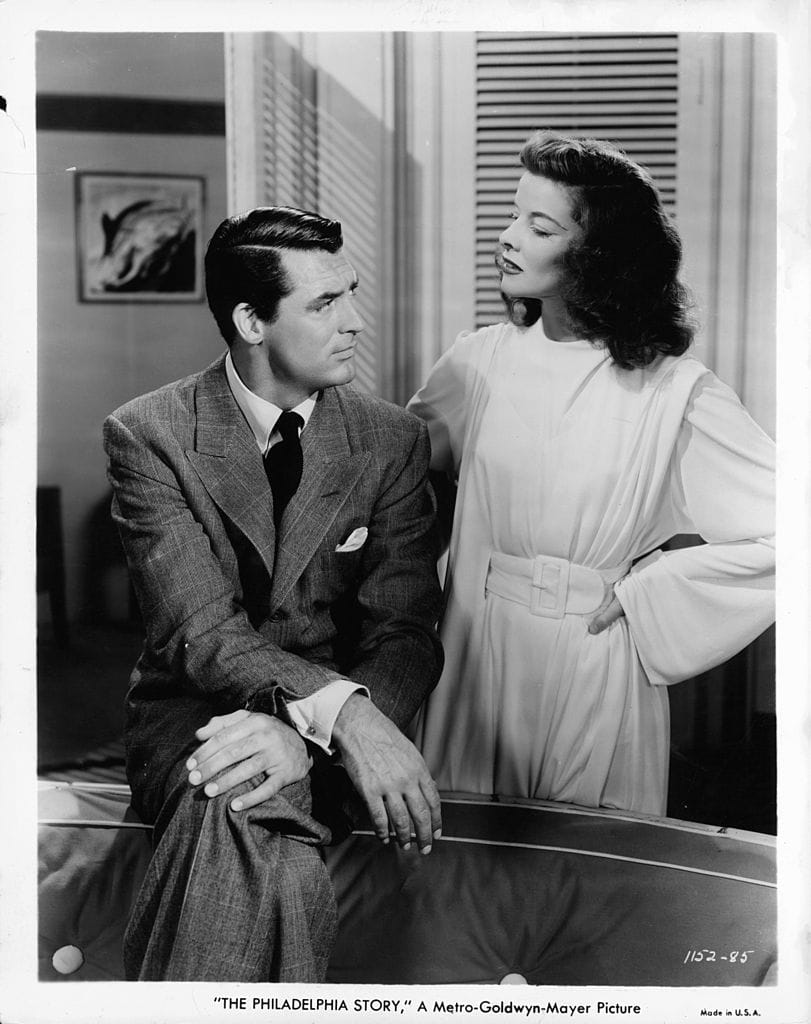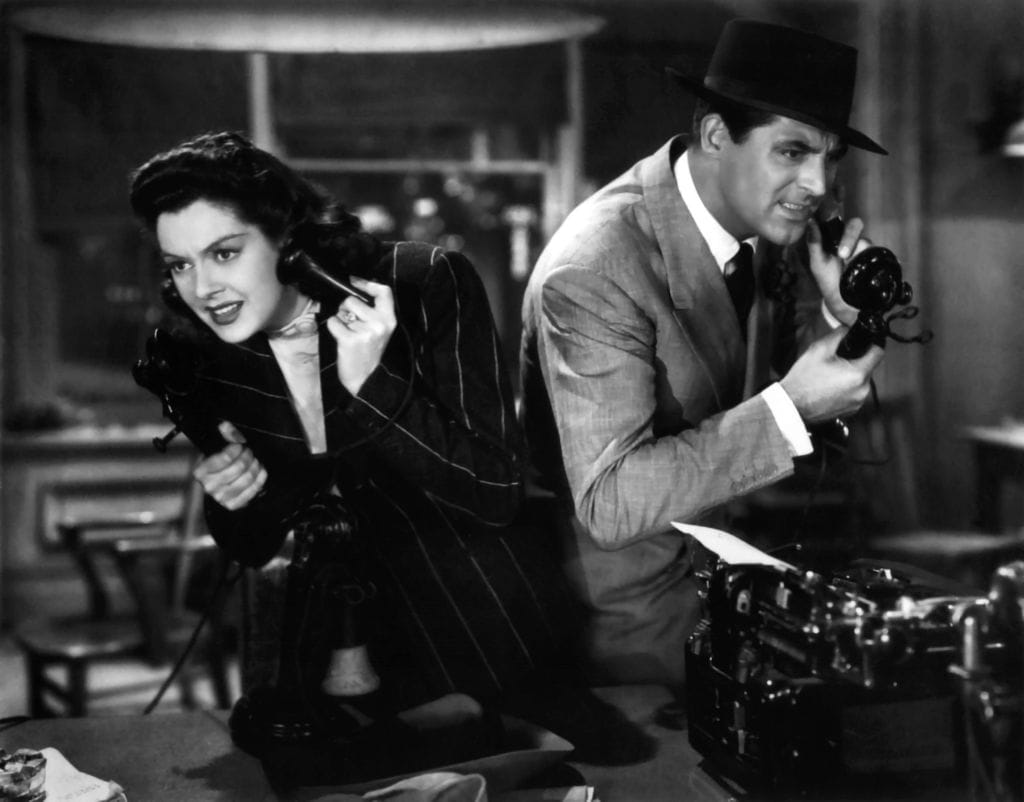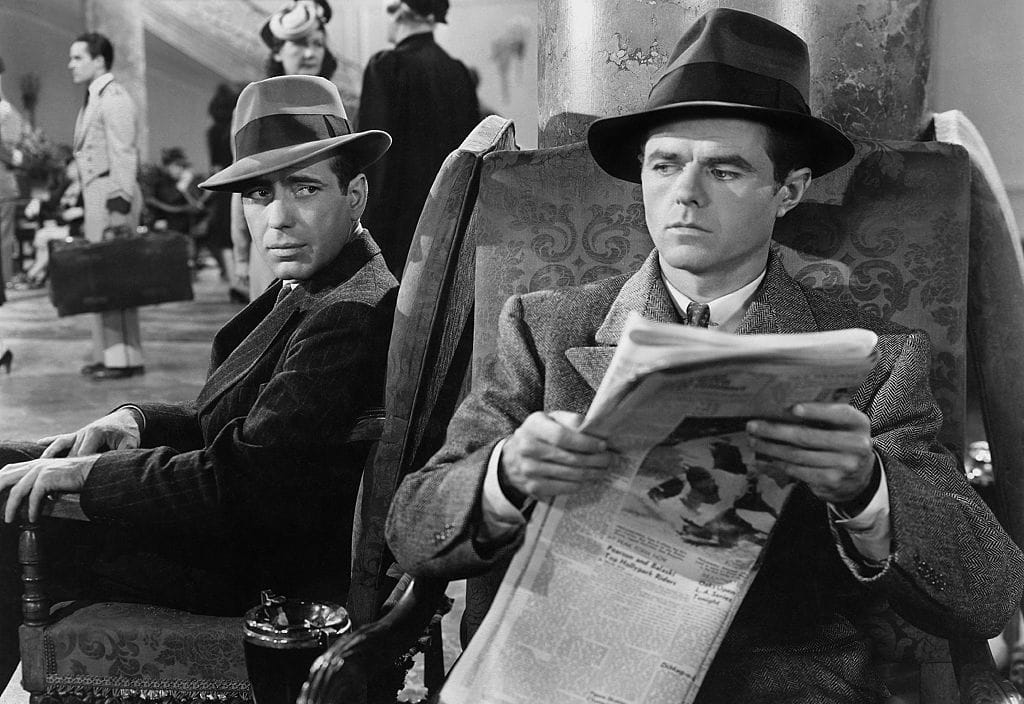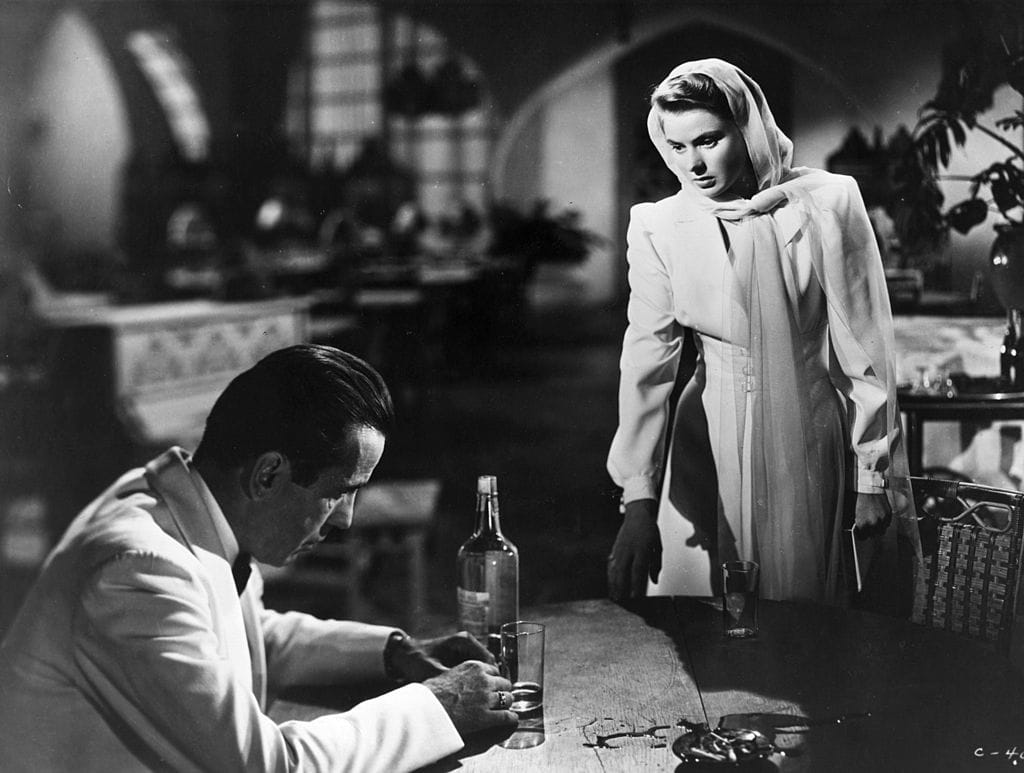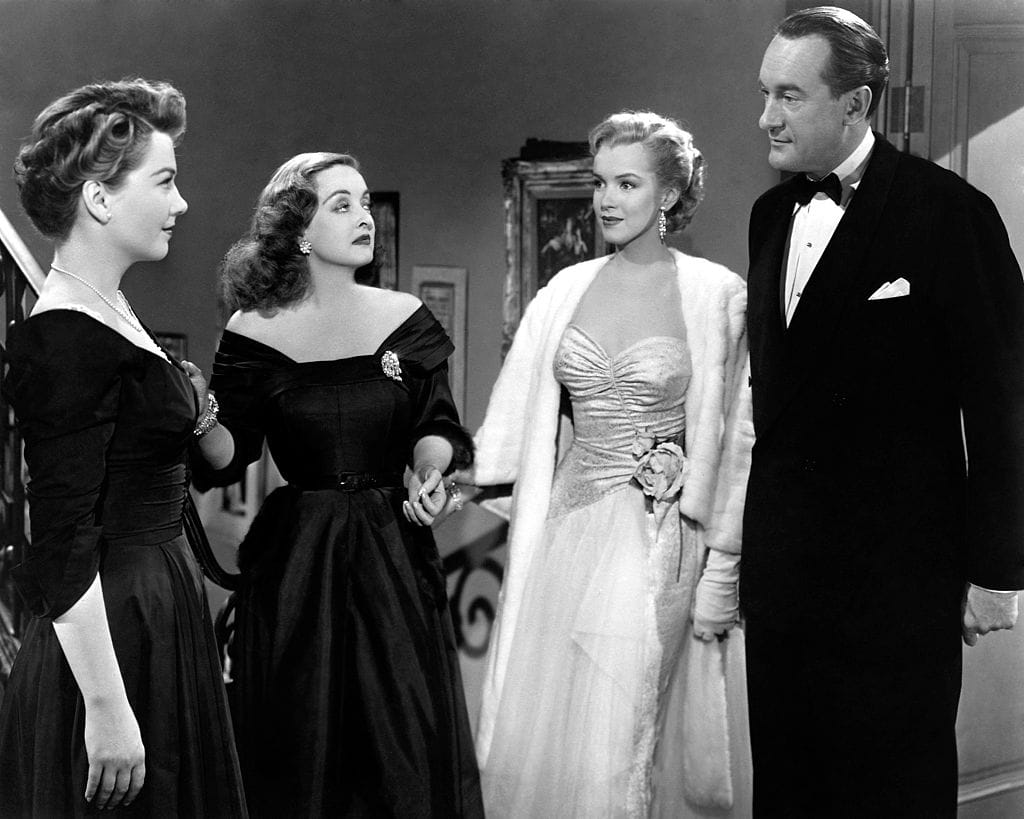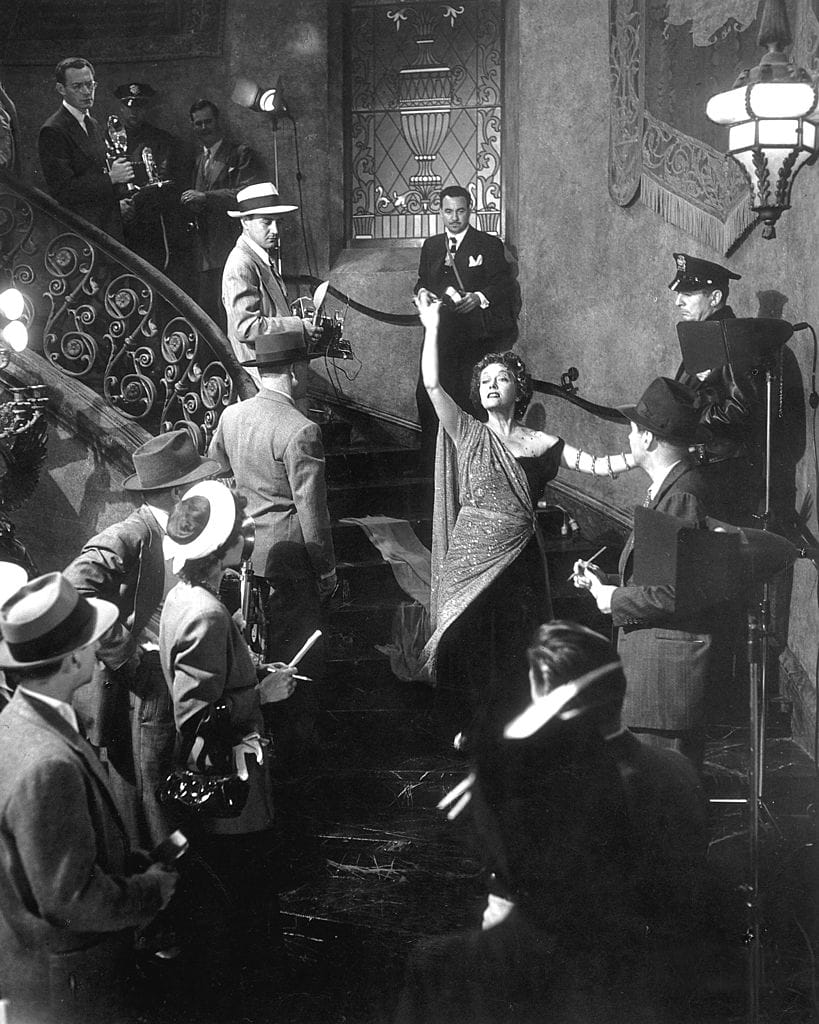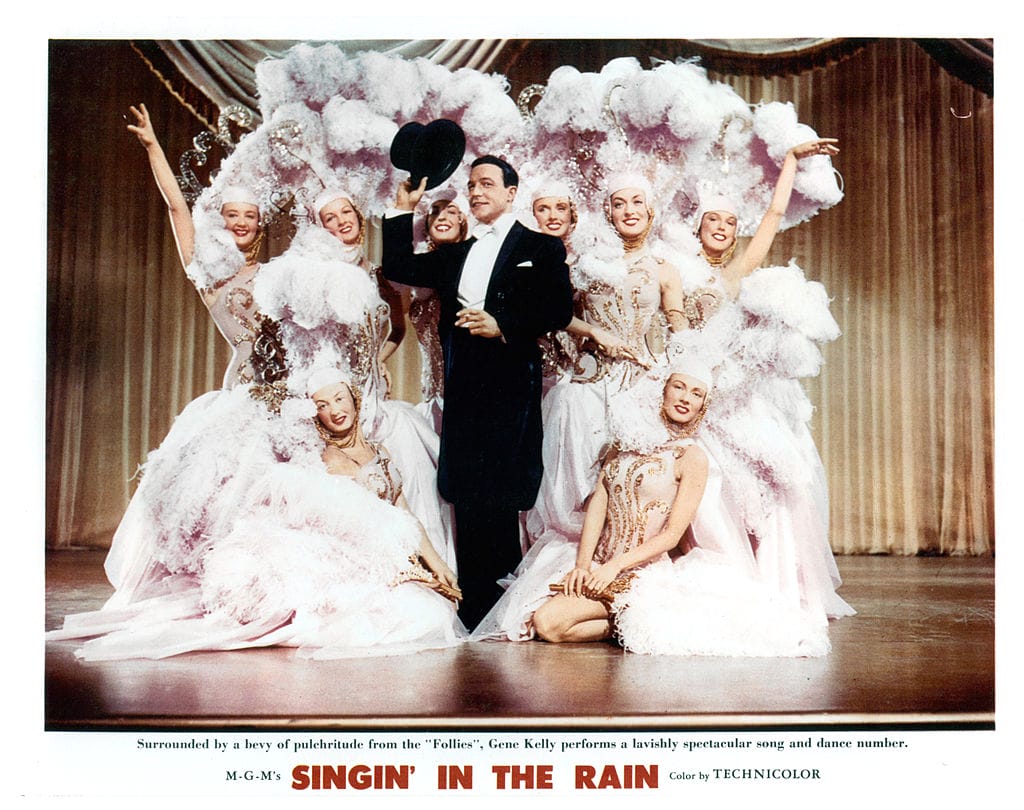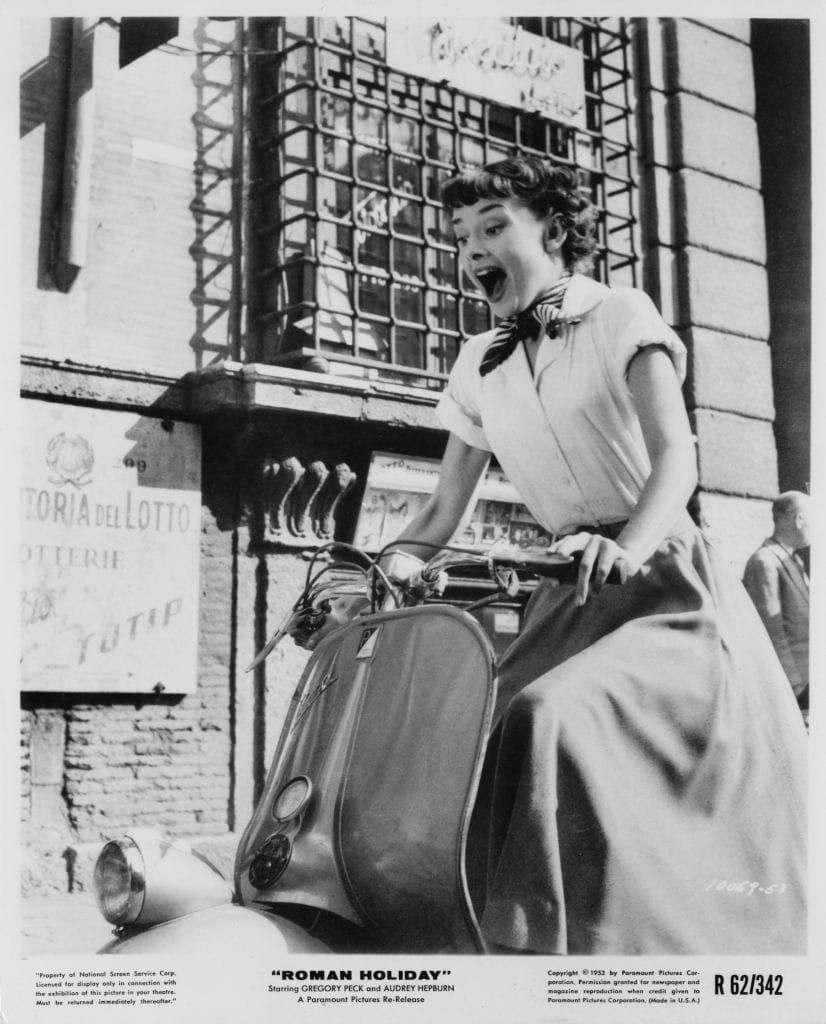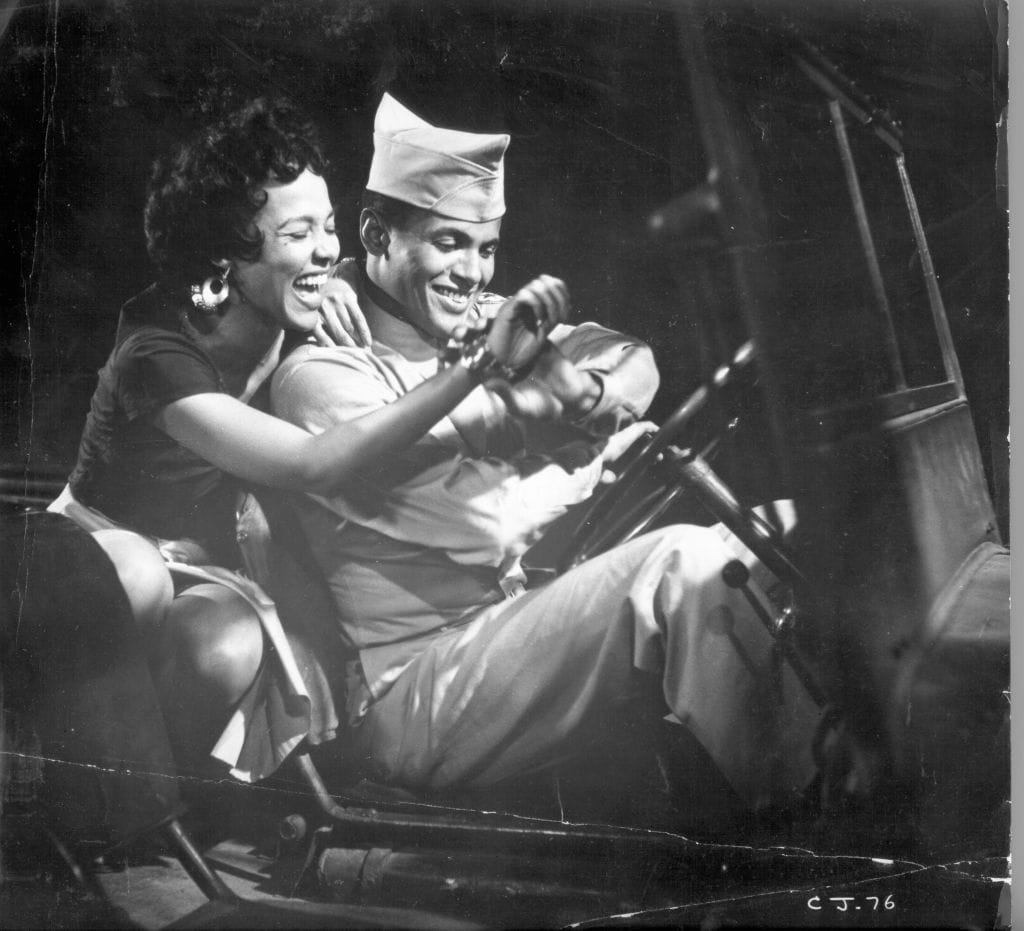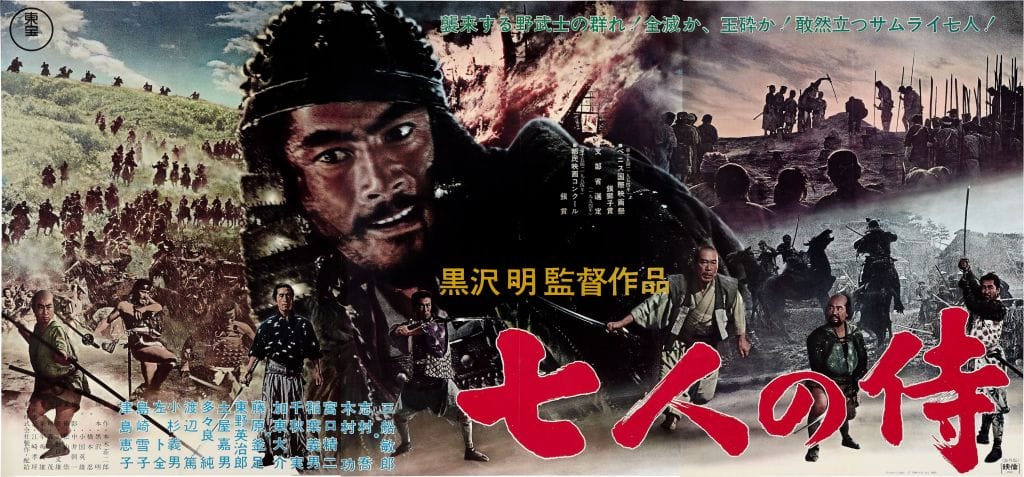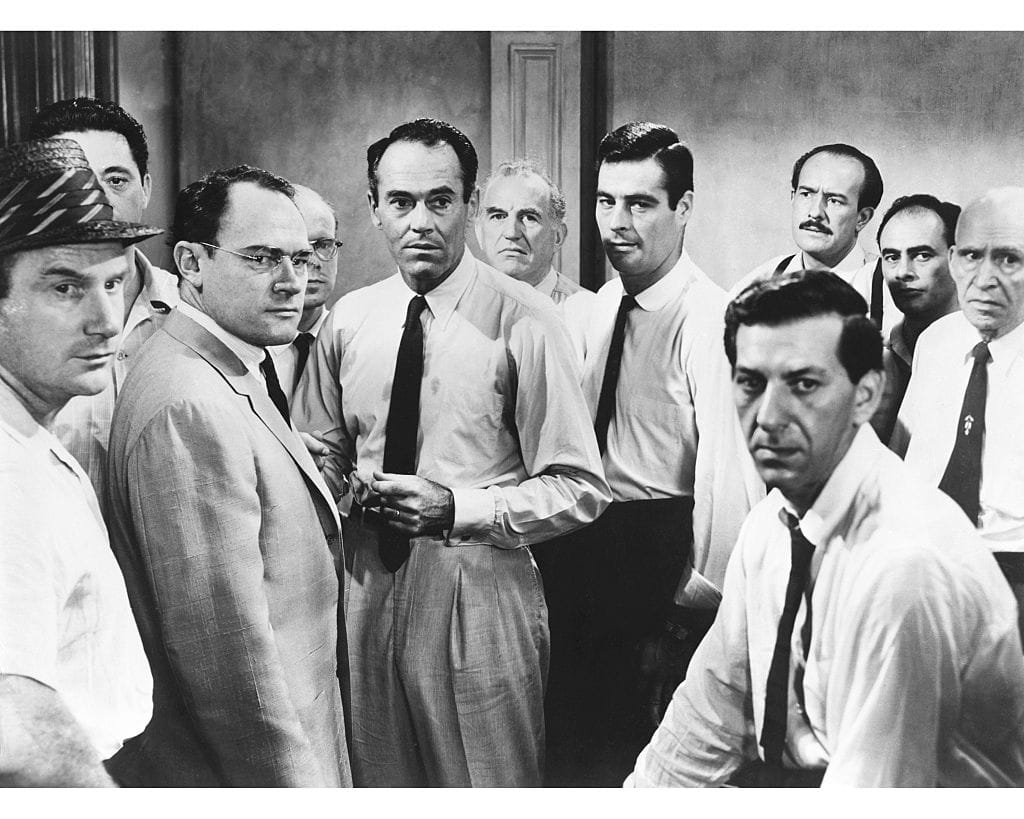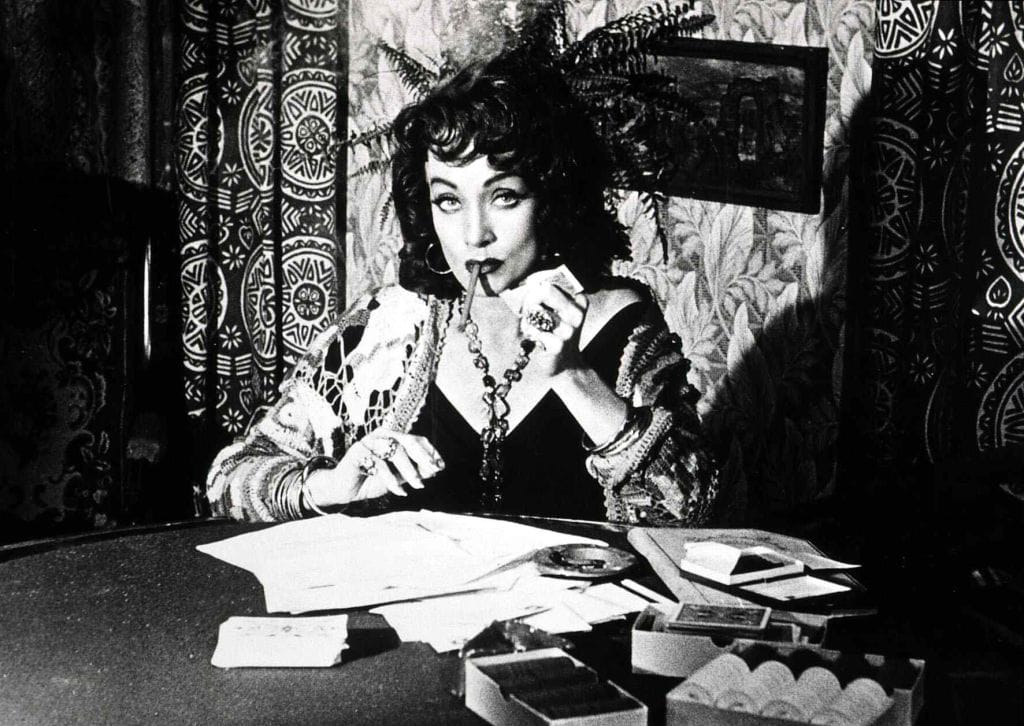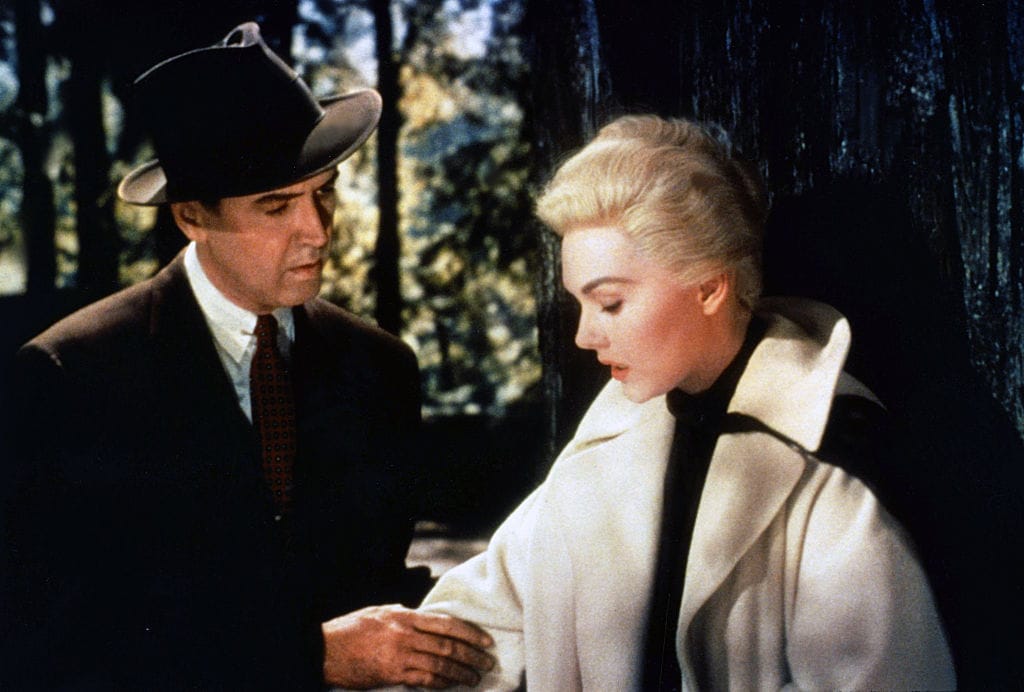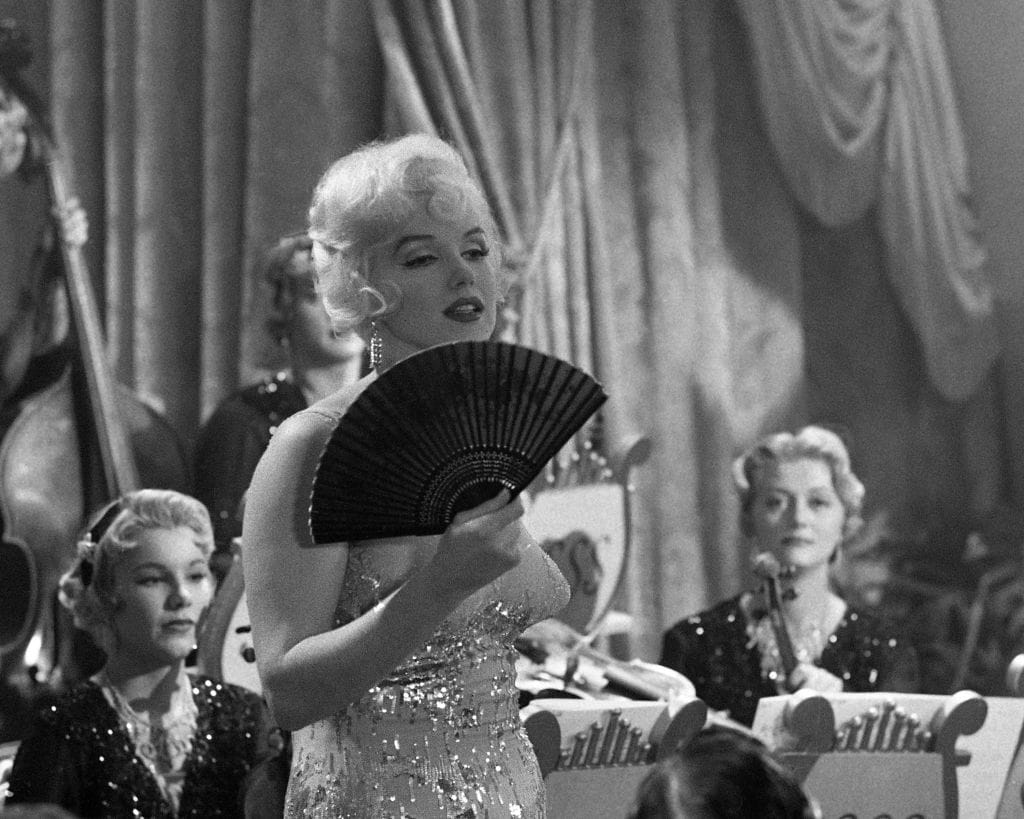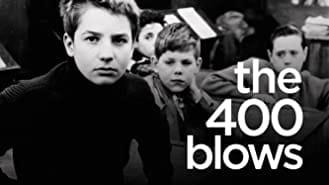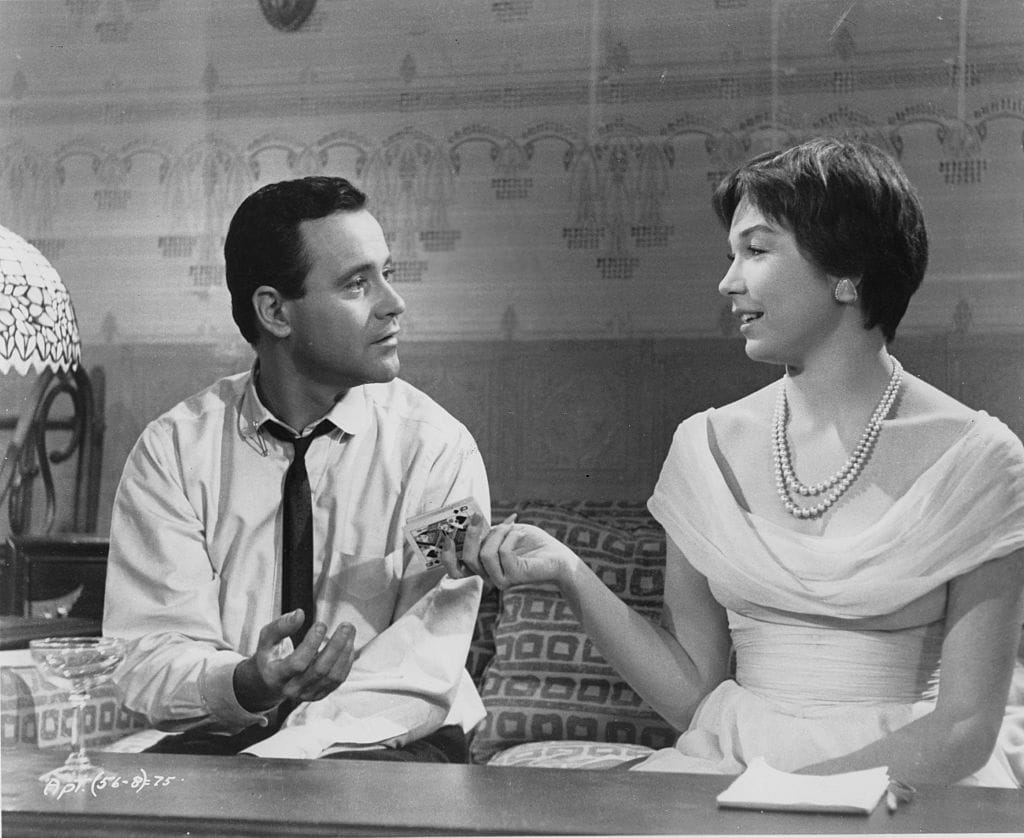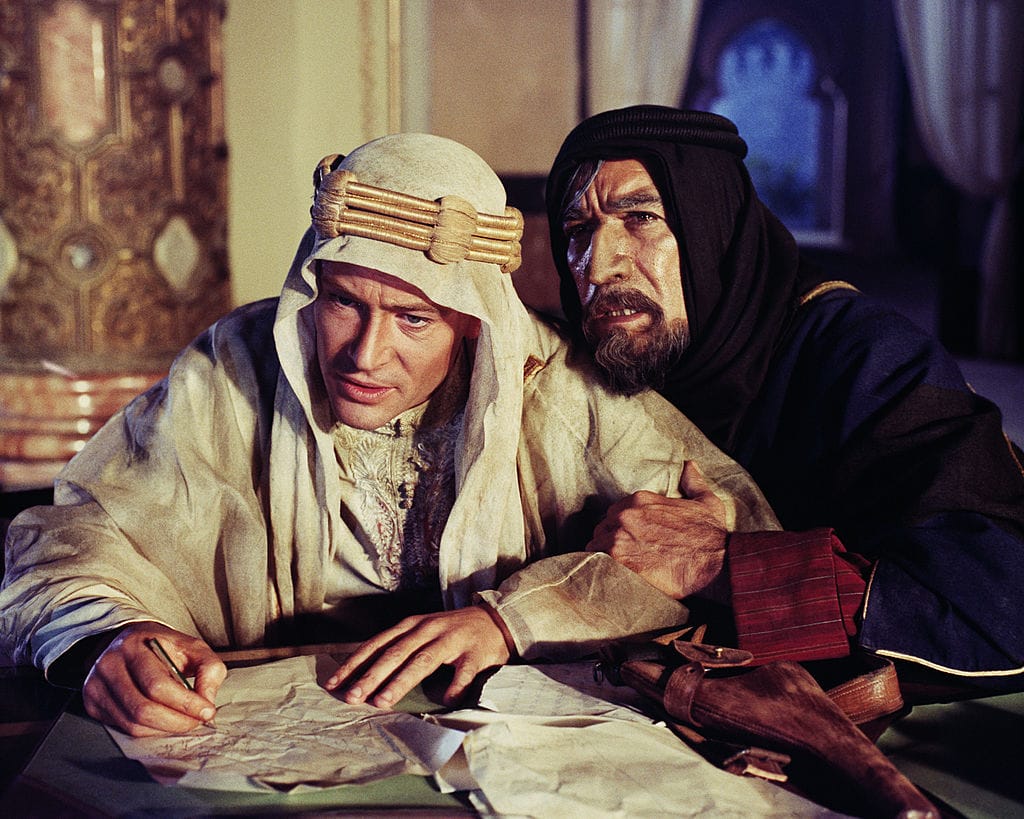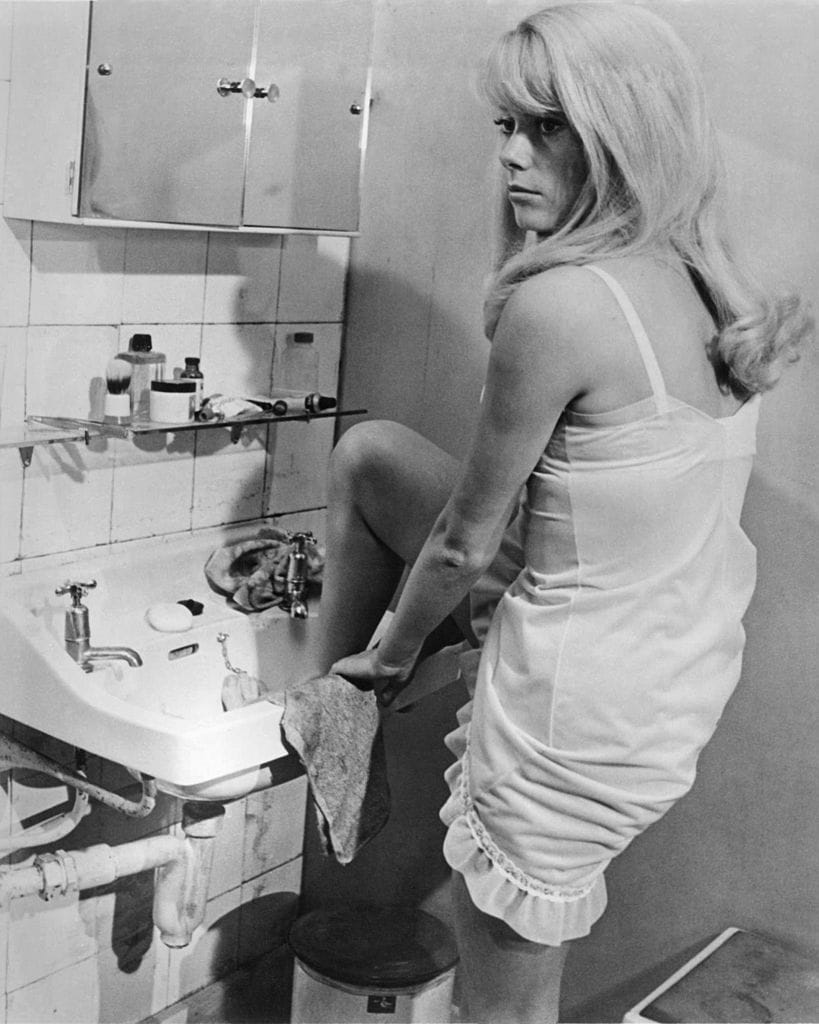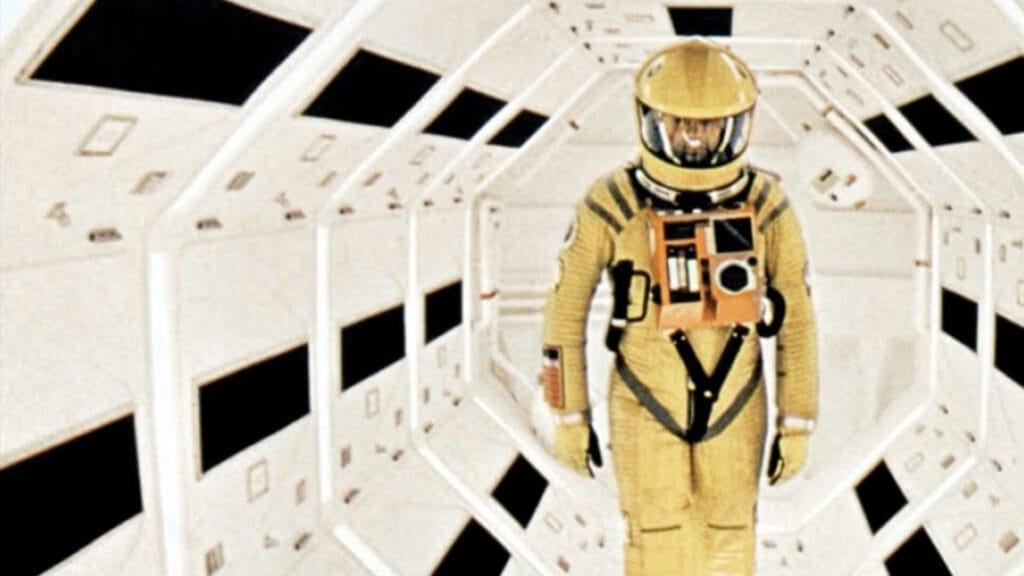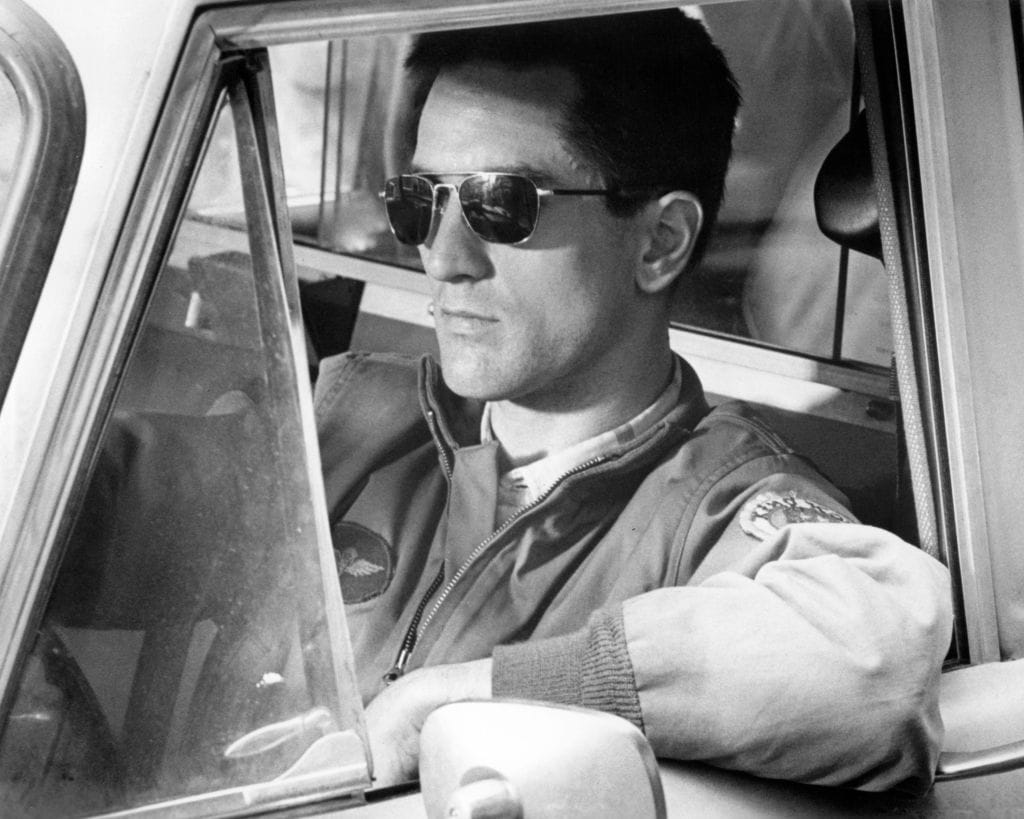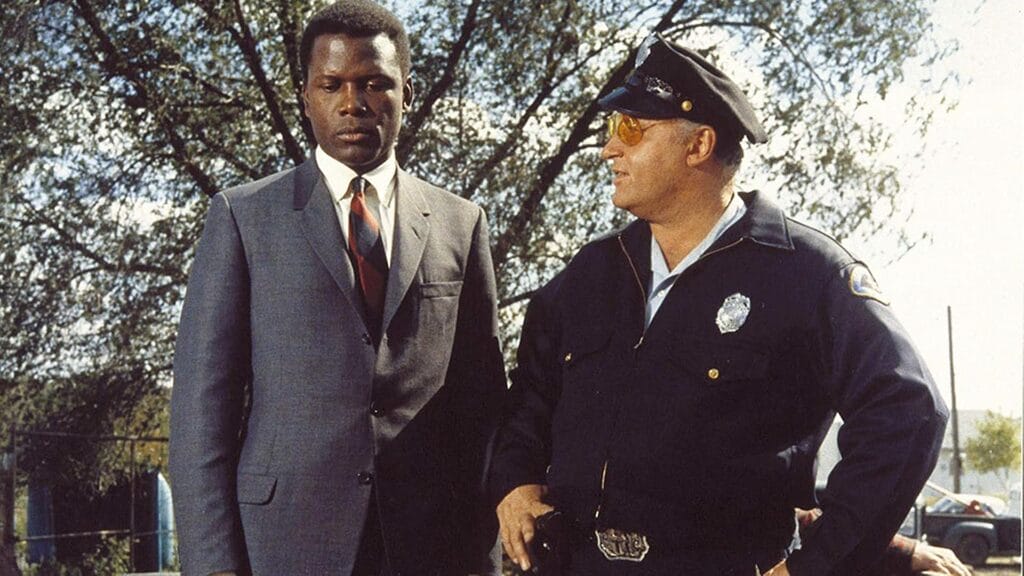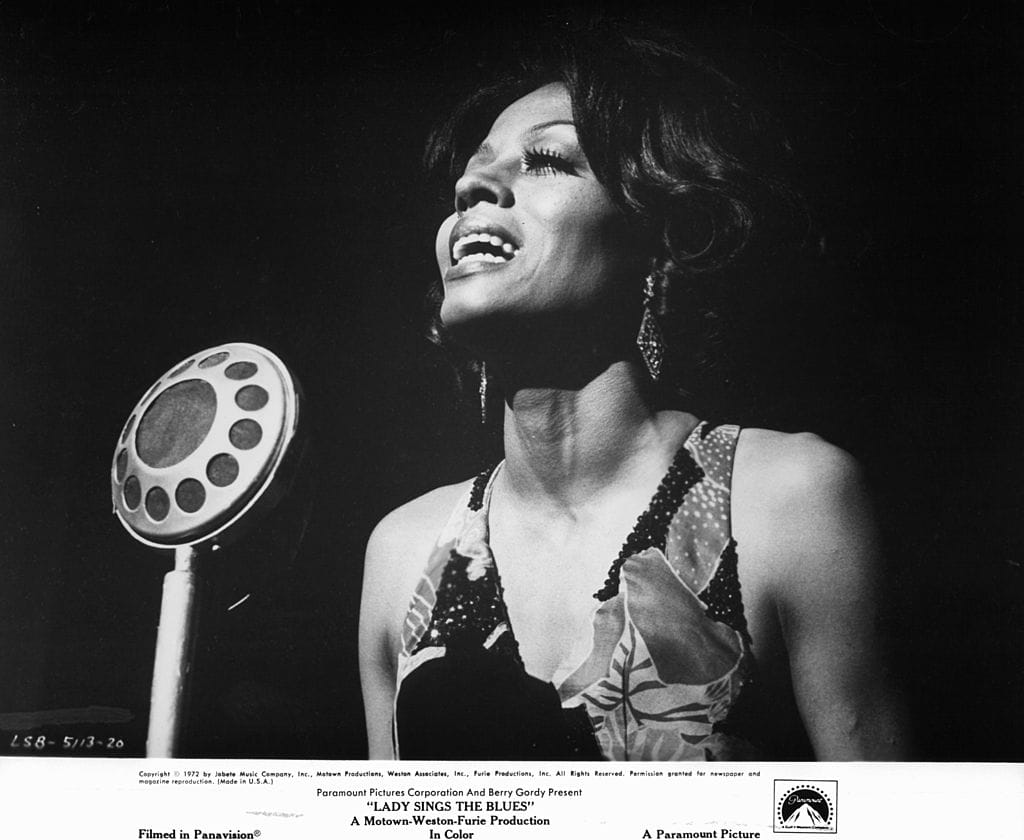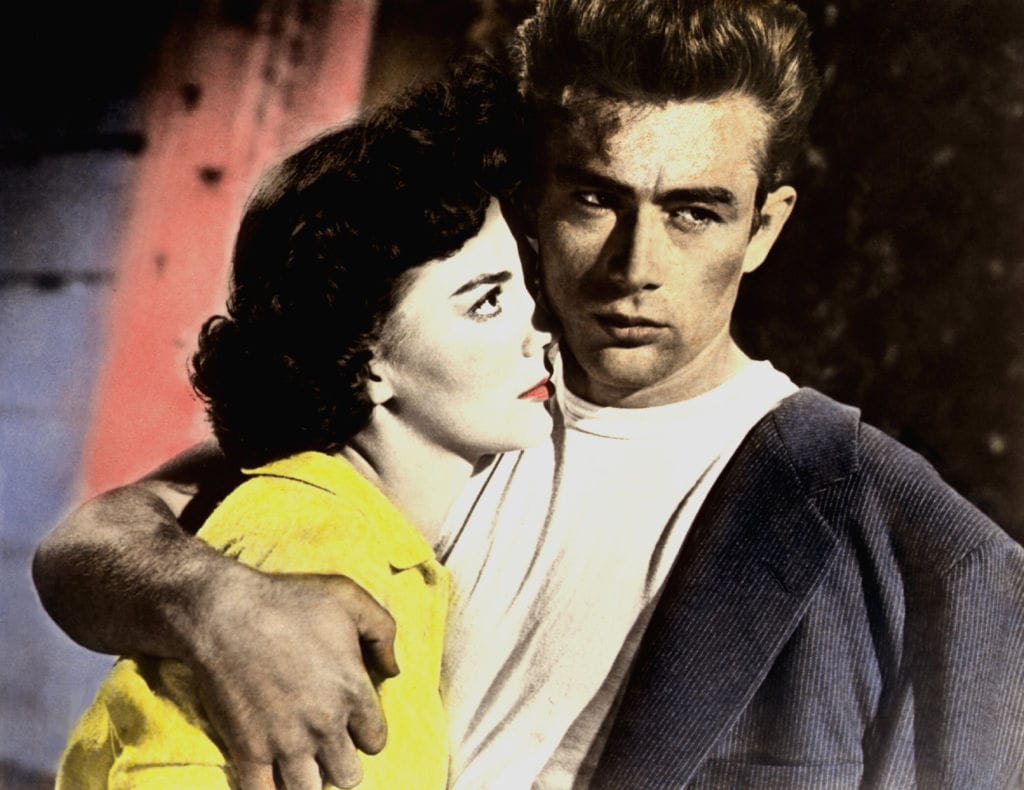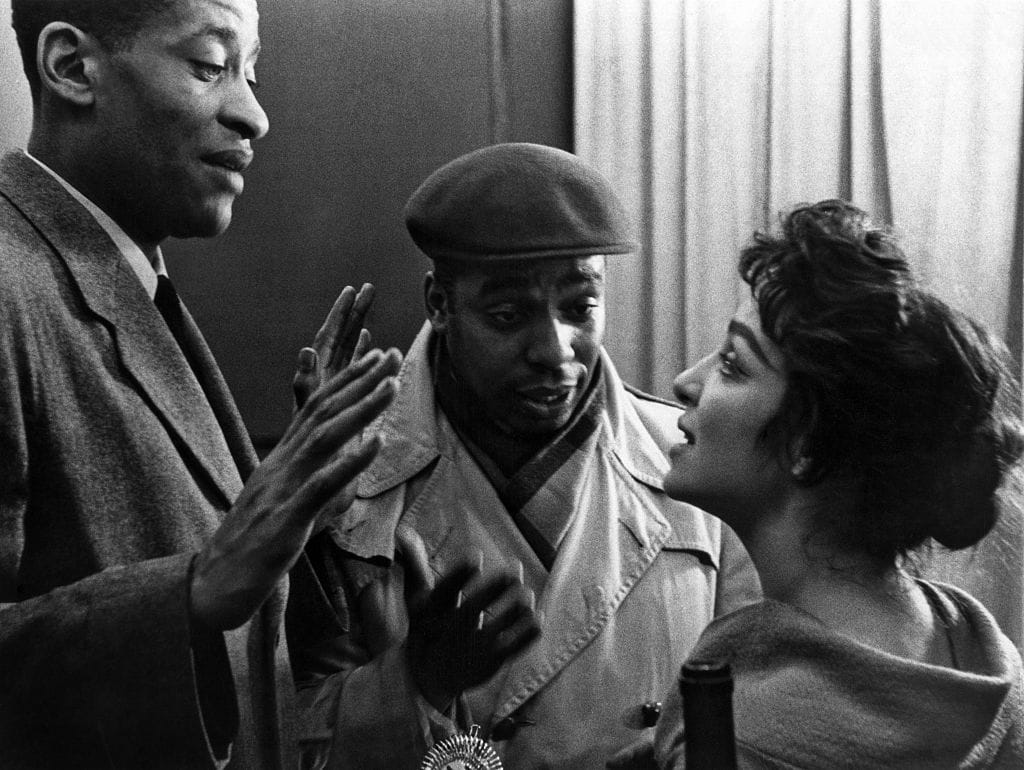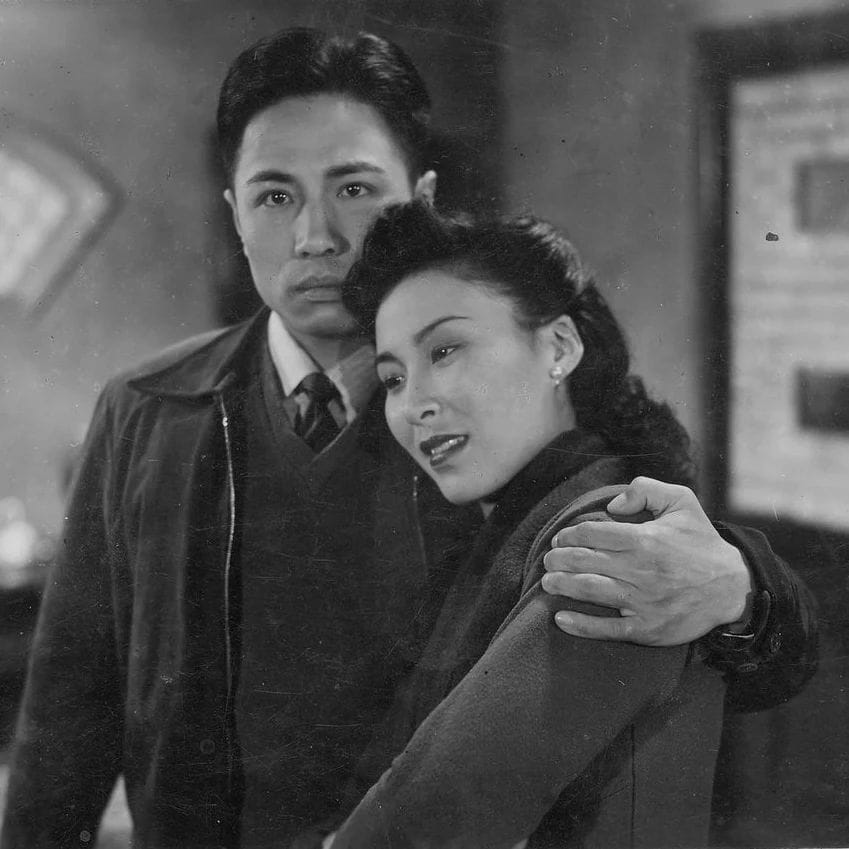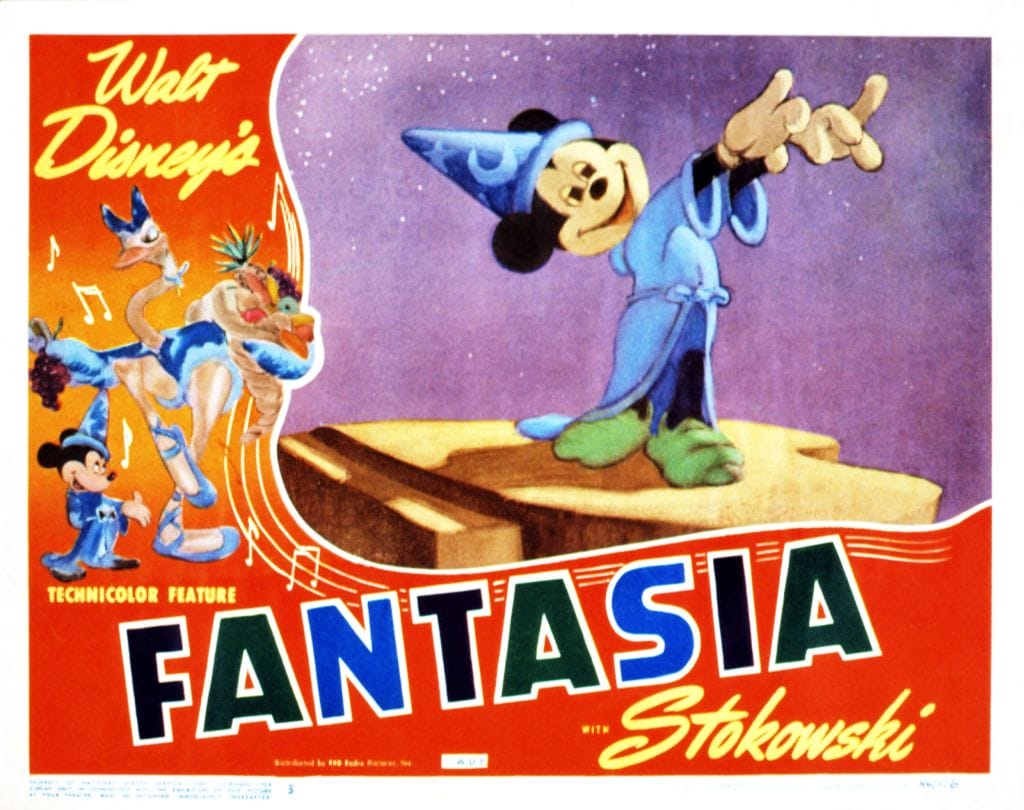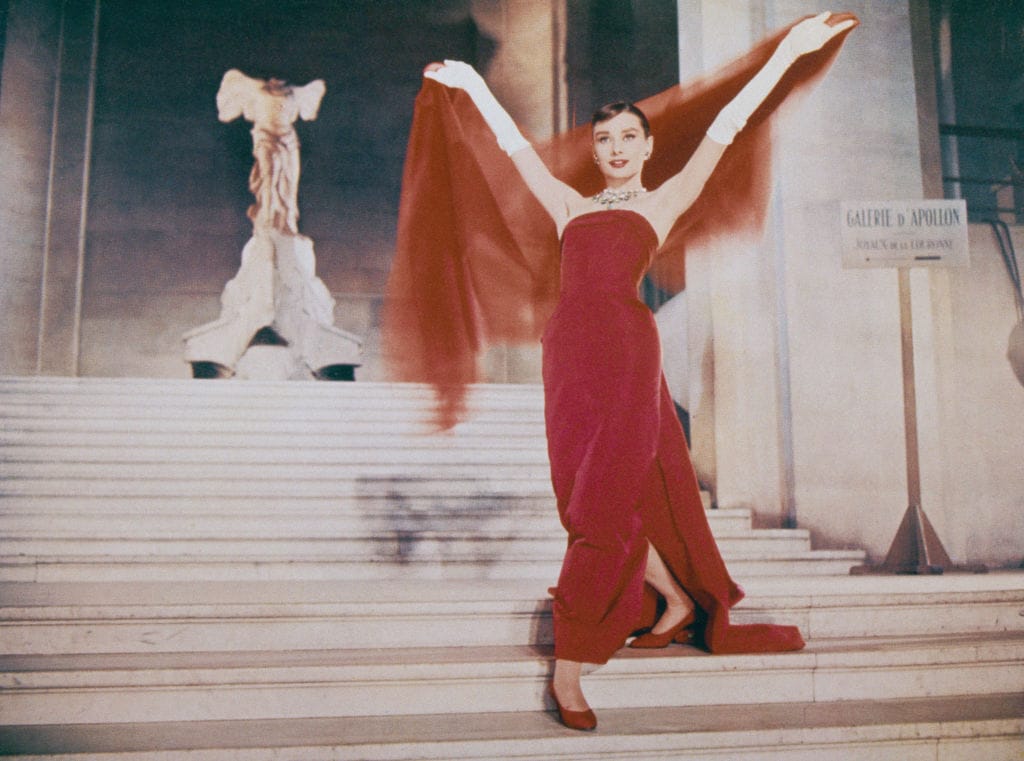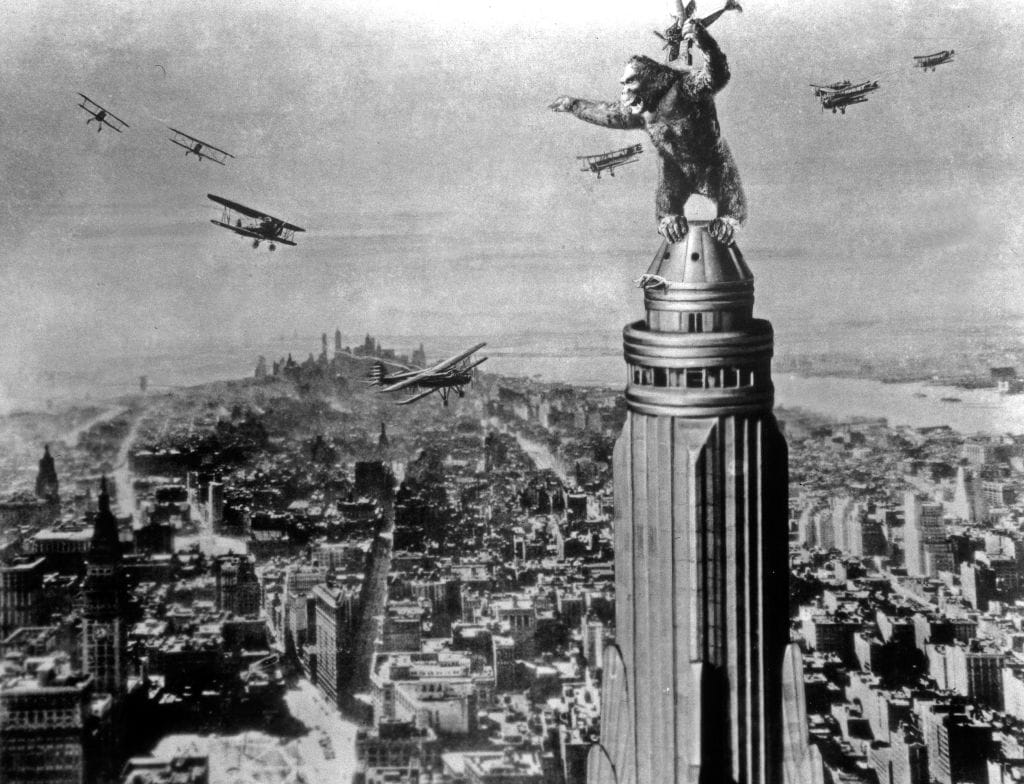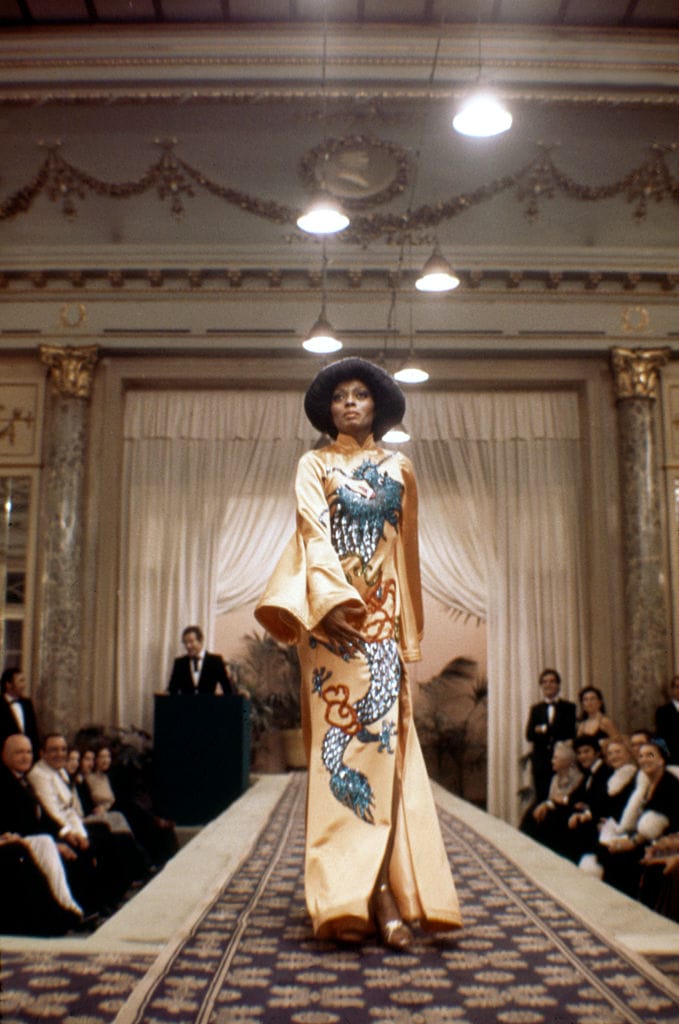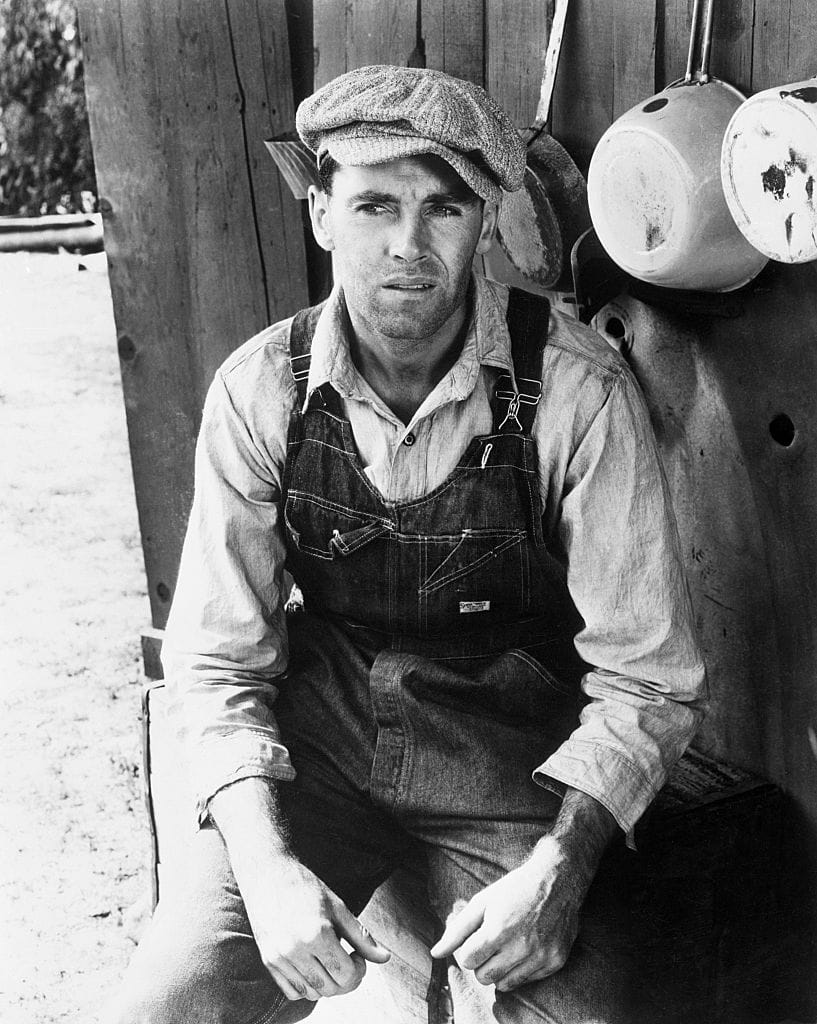From the Yellow Brick Road to Sunset Boulevard and beyond.
Words by DeAnna Janes
Vintage classics never get old.
Whether our current obsessions are found mingling with rare vintage fashion, vintage-inspired jewelry, or Old Hollywood’s vintage icons, what we call the present remains a mirror for the past. And for us, there’s no better place to celebrate all three in their dazzling heyday than in the best classic movies.
From sweeping, epic romances and fashion-forward gems starring Audrey Hepburn, María Félix, and Diana Ross, to bold and dynamic international classics that boosted their countries’ status on the big screen, the following classic films should be revisited, relished, and revered. Just like the tailored Chanel suit hanging in your closet that’s been passed down for generations.
| 1 | ‘It Happened One Night’ (1934)
Kate Hudson and Matthew McConaughey, Meg Ryan and Tom Hanks, Sanaa Lathan and Taye Diggs. The greatest rom-com couples of all time have Clark Gable and Claudette Colbert to thank for launching the blended genre. The two classic actors star in what is regarded as cinema’s very first romantic comedy, Frank Capra’s It Happened One Night. A black-and-white gem about a socialite who becomes just the story her reporter love interest is after, it won all five top Oscar Awards back in 1935.
| 2 | ‘A Raisin in the Sun’ (1961)
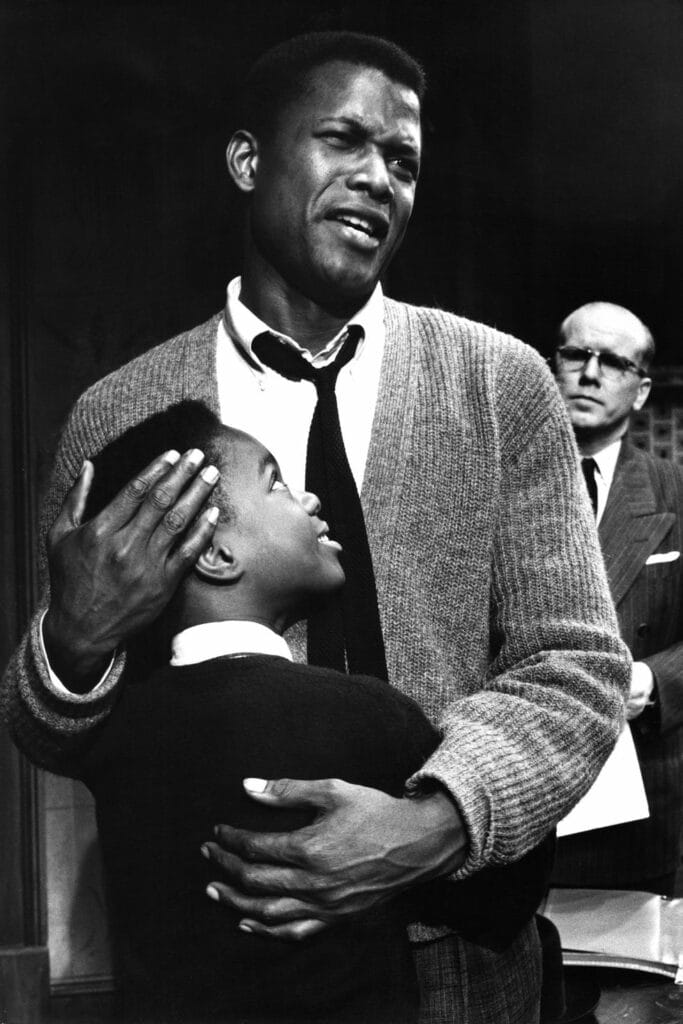
Lorraine Hansberry penned the first play by an African-American woman to be performed on Broadway, with acting powerhouses Sidney Poitier, Claudia McNeil, and Ruby Dee bringing her resonant tale to life onstage. Two years later, the trio, along with original cast members Diana Sands, Ivan Dixon, and others would take Hansberry’s story screen-bound, winning a bundle of hardware along the awards circuit. About a midcentury Chicago family whose hopes of a better future rely on a life-insurance check—and not being swindled out of it—A Raisin in the Sun is seminal civil rights viewing.
| 3 | ‘The Wizard of Oz’ (1939)
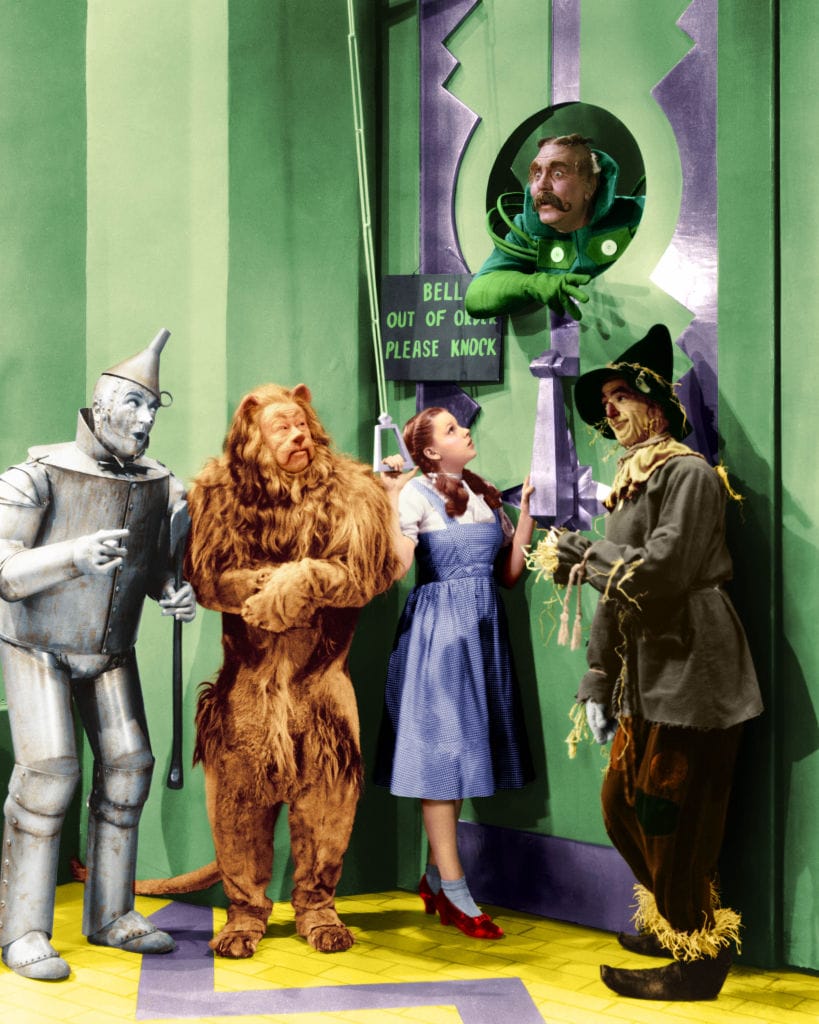
Silver Screen Collection / Hulton Archive / Getty Images
A weird and wonderful odyssey that takes its sundry characters from a sepia-toned Kansas farm to a candy-colored Emerald City somewhere over the rainbow, Wizard flips that nostalgia switch, and thanks to its various airings on network TV around the holidays, its popularity shows no signs of fading.
| 4 | ‘The Philadelphia Story’ (1940)
A hit on Broadway, also starring Katherine Hepburn, before it graced the big screen, George Cukor’s sophisticated rom-com about reporters who crash a society wedding was the cure to Hepburn’s “box office poison” reputation. Guess we should also credit one part Cary Grant and one part James Stewart.
| 5 | ‘His Girl Friday’ (1940)
Bolstered by the whip-smart dialogue firing from every single actor on the screen, His Girl Friday isn’t your average Cary Grant fare. Starring opposite a brilliant and magnetic Rosalind Russell (Auntie Mame), Grant plays a newspaper editor whose latest self-imposed assignment is to convince his ex-wife to marry him again. Of course, drama in the form of a new fiancé, a headlining prison breakout, and a strong woman’s sense of pride all get in the way, making for a jam-packed 90-minute watch that’s as hilarious with its comedy as it is genius with its discourse.
| 6 | ‘Rebecca’ (1940)
Though it may not be heralded by Hitchcock loyalists as his greatest work (this writer not included), Rebecca is the only film on the director’s lengthy resume that scored the top Oscar prize (too bad it went to David O. Selznick for producing). Brimming with his signature Hitchcockian suspense, the film adapted from Daphne du Maurier’s 1938 Gothic novel unfurls via a woman who slowly learns the truth of her husband’s dead wife. And though several movie versions exist, we’re thinking Ben Wheatley’s upcoming remake starring Lily James is the only one with a chance of living up to Hitchcock’s.
| 7 | ‘Citizen Kane’ (1941)
Orson Welles’s nonlinear, mold-breaking mystery about a journalist’s quest to interpret a media mogul’s dying words has taken up permanent residence as the pinnacle of every best-film list. Though dethroned periodically, the film, more than 75 years later, remains a masterpiece. In other words: Kane reigns.
| 8 | ‘The Maltese Falcon’ (1941)
Heralded by many as the first entry into American noir, The Maltese Falcon laid the foundation for the visualized genre formula that is villain plus hero plus dame, and John Huston’s hardboiled detective mystery is a perfect combination of Peter Lorre plus Humphry Bogart plus Mary Astor.
| 9 | ‘Casablanca’ (1942)
Here’s looking at the wartime tale about doomed lovers as a film that checks off all the cinematic boxes. A rare feat for a story put to celluloid, the film draws out peak romantic sentiment and narrative tension in critical balance, threading resolution through the narrowest of dramatic needles. It truly is a work of art.
| 10 | ‘It’s a Wonderful Life’ (1946)

Getty Images
As sure as Aunt Edna is lampooned on vacation, you can bet Frank Capra’s Yuletide fable is at the top of everyone’s queue come the most wonderful time of the year. Thanks to a career-defining performance from James Stewart as George Bailey, this one earns its wings as a perennial staple.
| 11 | ‘The Third Man’ (1949)

Ernst Haas / Getty Images
This British noir’s zither-picked score is as on point as its central mystery: how did Harry Lime die? A hardboiled whodunit against a backdrop of a devastated Vienna, Carol Reed’s landmark postwar film unfolds as pulp writer Holly Martins wades through secrets to unearth what happened to his friend.
| 12 | ‘All About Eve’ (1950)
Industry ageism, though a hot topic for today’s water cooler, is nothing new, and Joseph L. Mankiewicz’s Oscar-happy classic revealed the dirty little prejudice back in 1950. The gist: A brilliant Bette Davis stars as a 40-year-old stage actress whose glory days are threatened by an ingénue named Eve.
| 13 | ‘An American in Paris’ (1951)

Metro-Goldwyn-Mayer / Getty Images
Such endurance. It’s what you’ll be thinking when you watch Gene Kelly and Leslie Caron cover every inch of your screen singing, dancing, and looking magnificent—see: the vanilla-colored jockey costume Kelly wears near the end of the film; it really brings out his legs. With a lively, jazz-influenced score composed by George Gershwin and seriously one of the grandest finales to ever elicit a bravo, don’t be surprised if you feel the urge to give Vincente Minnelli’s Oscar-winning love-triangle film a standing ovation.
| 14 | ‘Sunset Boulevard’ (1950)
Hollywood loves making movies about movies, and Sunset Boulevard—often labeled with that elusive descriptor critics hate to use, perfect—just might be the best meta motion picture in existence. Following an aging silent film star who’s ready for her comeback, it’s satire shrouded in madness and murder.
| 15 | Singin’ in the Rain’ (1952)
The standard bearer of classic musicals, this love letter to Hollywood about transitioning from silent films to talkies has inspired nearly every musical to come after it. The exuberant grace of Gene Kelly, the overwhelming charm of Debbie Reynolds, and the irreplaceable comedy of Donald O’Connor—just thinking of it, and we’re happppyy again.
| 16 | ‘Roman Holiday’ (1953)
Gregory Peck and Audrey Hepburn drunk in love in Rome? Doesn’t get more fairy tale than that. William Wyler’s romantic daydream introduced the world to Hepburn and her iconic charm while cleaning up at the Oscars (nominated for 10, won three).
| 17 | Shane’ (1953)

Silver Screen Collection / Getty Images
You probably remember the morality tale of the Starretts and their gun-slinging hero from summer reading assignments in grade school, but if you haven’t seen George Stevens’s adaptation, then you haven’t seen a true western. Authentic right down to its tumbleweeds and ambigous finale, Shane is ace-high.
| 18 | ‘Tokyo Story’ (1953)

Donaldson Collection / Getty Images
Simple. Moving. Enlightening. All ways to desribe Yasujiro Ozu’s art-house family drama about an elderly couple whose urbanite offspring have no time for them. Another? A favorite among esteemed filmmakers, Scorsese and Coppola included, as Tokyo Story sits atop Sight&Sound;’s directors’ poll.
| 19 | Carmen Jones’ (1954)
Featuring an all-Black cast, Otto Preminger’s screen adaptation of the Bizet opera stars Dorothy Dandridge opposite Harry Belafonte. And though its synopsis seems PG on the surface—new girl in town drives the boys wild—its through line couldn’t be more saturated in sexual innuendo (train, see tunnel). Not to mention there’s skin, love scenes, and female sexuality dripping off the leading lady. Whether he intended it not, Preminger’s winning musical of modest eroticisms is decades ahead of its time.
| 20 | Seven Samurai’ (1954)
Akira Kurosawa’s Seven Samurai is a film on every master director’s list of must-see films, so there’s no reason it shouldn’t be on yours too. The gist: A village enlists seven samurai to help defend them against a gang of bandits. Their payment? Only rice. It all culminates in a battle offering Kurosawa and his cinematographer, Asakazu Nakai, an opportunity to flaunt their action skills, widely hailed as innovative and brilliant for the time. A blueprint for subsequent cinema, Kurosawa’s Japanese epic paved the way for iconic films such as John Sturges’s The Magnificent Seven and Quentin Tarantino’s The Hateful Eight.
| 21 | ’12 Angry Men’ (1957)
Sidney Lumet makes his directorial debut with this courtroom drama about 11 dogged jurors in agreement and the one they’d rather hang out the window. Filmed almost entirely in the confines of a sweltering jury room, it is—beyond a reasonable doubt—a slow-burner worth your time. As is this spoof.
| 22 | ‘Touch of Evil’ (1958)
Though production was a challenge and Orson Welles’s finished film was trashed by American critics, the European seal of approval bolstered Touch of Evil‘s reputation as one of cinema’s greatest film noirs, as did its dynamite single-shot opening sequence.
| 23 | ‘Vertigo’ (1958)
Alfred Hitchcock spent decades building a body of work that could fill this entire list. But when pressed, we have to go with the psychological thriller that’s been nipping at the heels of Citizen Kane for that coveted Sight&Sound; top spot. A dizzying tale of obsession, this is one rabbit hole we love to fall down over and over.
| 24 | Some Like It Hot’ (1959)
Funny and spirited, the screwball national-treasure film starring Marilyn Monroe, Jack Lemmon, and Tony Curtis is a favorite for three reasons: 1) Lemmon and Curtis in skirts is comedy gold, 2) Monroe and her musical numbers are infectious in a way we could never get sick of, and 3) director Billy Wilder just has a way of blending farce with burlesque and murder to side-splitting effect. As for the plot: This one follows two gents who witness a mob hit and join an all-ladies band disguised as femmes to lay low.
| 25 | ‘The 400 Blows’ and ‘Breathless’ (1959, 1960)
French new wave, la nouvelle vague, noun: the movement of a group of trailblazers to radically innovate French film into bold cinema. These companion films, Francois Truffaut’s The 400 Blows, about an adolescent poised for a life of crime, and Jean-Luc Godard’s Breathless, about a petty thug who graduates to murder, define that movement.
Stream The 400 Blows, $4 to rent, $20 to buy, and Breathless, $4 to rent, $15 to buy, amazon.com.
| 26 | ‘The Apartment’ (1960)
Some Like It Hot director Billy Wilder enlists Jack Lemmon and Shirley MacClaine for a brief encounter. The romantic farce follows Lemmon’s Bud Baxter up the corporate ladder—his success largely due his willingness to lend his abode to his adulterous bosses—and through the fumbles of the dating game.
| 27 | ‘La Dolce Vita’ (1960)
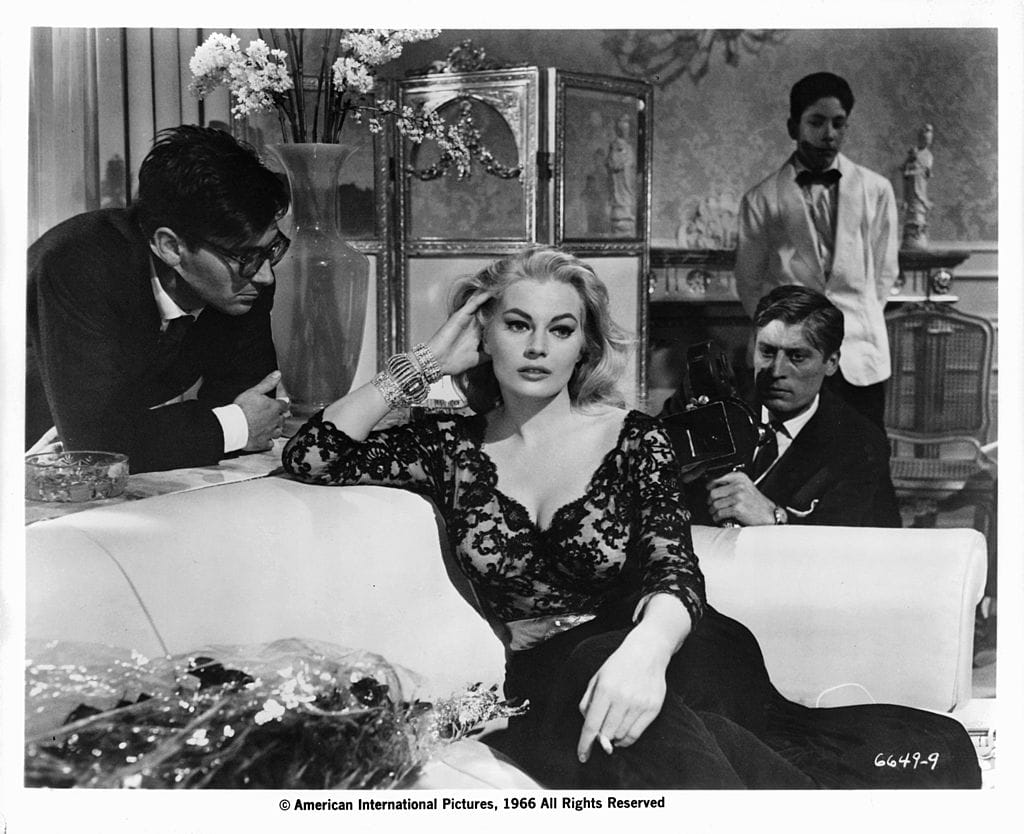
American International Pictures / Getty Images
Federico Fellini takes a turn for the contemporary with this glitzy tale, which accompanies a paparazzo on a weeklong escapade with the Roman upper echelon living the sweet life. We know what you’re thinking: Anita Ekberg. Her kitten. The Fontana di trevi. One scene to rule them all.
| 28 | ‘Psycho’ (1960)

Bettmann / Getty Images
Widely considered the film that changed the genre, Hitchcock’s monochromatic horror seismically shifted everything genre buffs thought they knew about their beloved genus. No one is safe, man is the actual monster, and—spoiler alert—the scream queen just may get offed mid-movie. Reek-reek-reek.
| 29 | ‘Lawrence of Arabia’ (1962)
When one thinks epic, one thinks David Lean’s most epic of epics: Lawrence of Arabia. A live-action adventure before live-action CGI was a thing, the multi-Oscar winner stars Peter O’Toole as the titular British lieutenant and spends 216 minutes exploring his exploits in the Arabian desert. Not to be missed.
| 30 | Mary Poppins’ (1964)
Julie Andrews is Mary Poppins, a nanny with enchanting powers who works her magic on a family in an effort to bring them all closer. Her grimy yet lovable sidekick? Chimney sweeper Bert, played by the singular Dick Van Dyke. Though it was made in 1964, the classic—and its 2D animation and legendary tunes—is timeless. You’d be hard-pressed to convince us that there’s a better Disney movie out there.
| 31 | ‘Repulsion’ (1965)
You’re privy to Rosemary and her demon spawn, but what about Carol and her straight razor? One of the freakiest films you’ll ever dither through, Roman Polanksi’s first English-language feature, a Gothic horror about a woman’s retreat into madness, is best viewed peering through the cracks of your fingers.
| 32 | ‘The Graduate’ (1967)
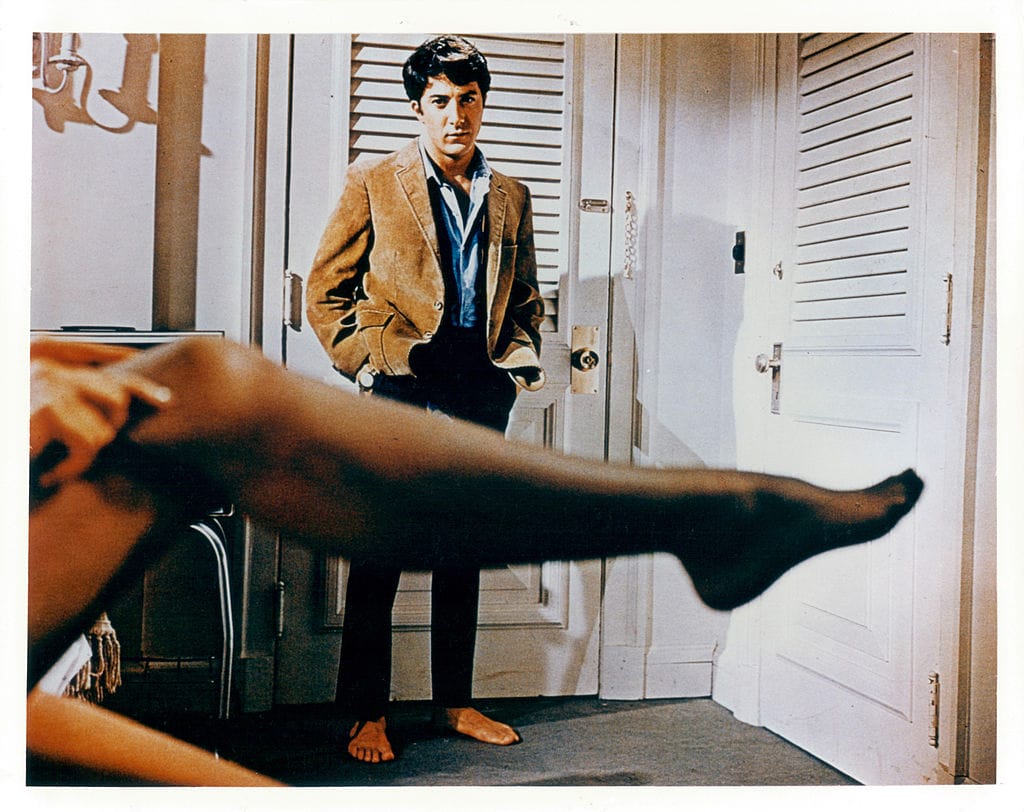
Embassy Pictures / Getty Images
We’ll say it: Mike Nichols’s seduction satire, starring a nebbish Dustin Hoffman and racy Anne Bancroft, is strange. But hey, that’s why we love art house. A seriocomic narrative charting the waves of sexual mores in the ‘60s, it received an Oscar and left its imprint on American culture. MILF, anyone?
| 33 | To Sir, with Love’ (1967)
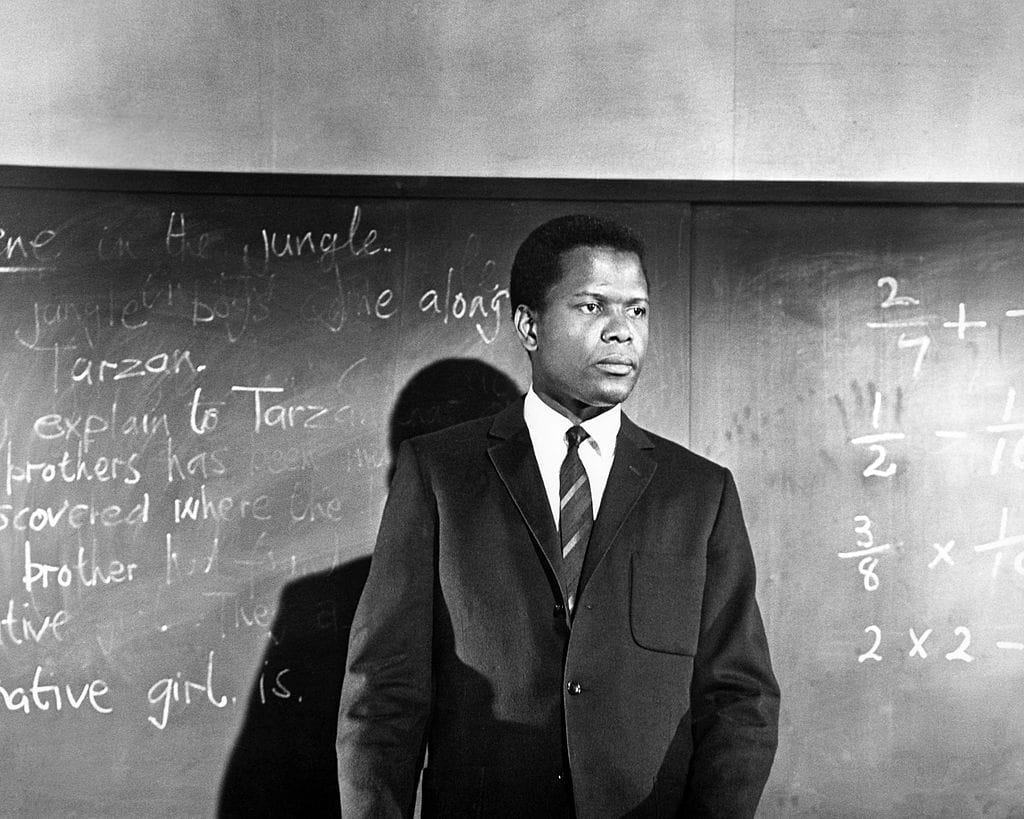
Silver Screen Collection / Getty Images
Before we had Michelle Pfeiffer challenging her inner-city students to a Dylan-Dylan Contest as Louanne Johnson in Dangerous Minds, we had Sidney Poitier wrangling a rowdy bunch of East End teenagers as Mark Thackeray in To Sir, with Love. Equipped with a suitably ’60s soundtrack featuring a lotta harpsichord, the Poitier-fronted drama is sentimental to a point that you may just feel it tugging at those tear ducts.
| 34 | ‘Cool Hand Luke’ (1967)
Paul Newman garnered his fourth Best Actor nomination when he stripped down to play Luke, a rebellious chain-gang prisoner whose headstrong opposition to conformity and refusal to bend the knee might just be the thing that breaks him. Among Newman’s many seminal pieces of acting (The Hustler, Hud), his physically exhausting, psychologically punishing role as the jailbreak with a cool hand just may be our favorite. Disagree? Well, then what we’ve got here is a failure to communicate.
| 35 | ‘2001: A Space Odyssey’ (1968)
Though we’d never call Stanley Kubrick a crowd-pleaser, the crowds who love him are beyond pleased with his contemplative contribution to sci-fi. A monumental musical and metaphysical masterpiece about evolution, it’s not only an odyssey through space, but one through the mind of a genius filmmaker.
| 36 | ‘The Godfather’ and ‘The Godfather Part II’ (1972, 1974)
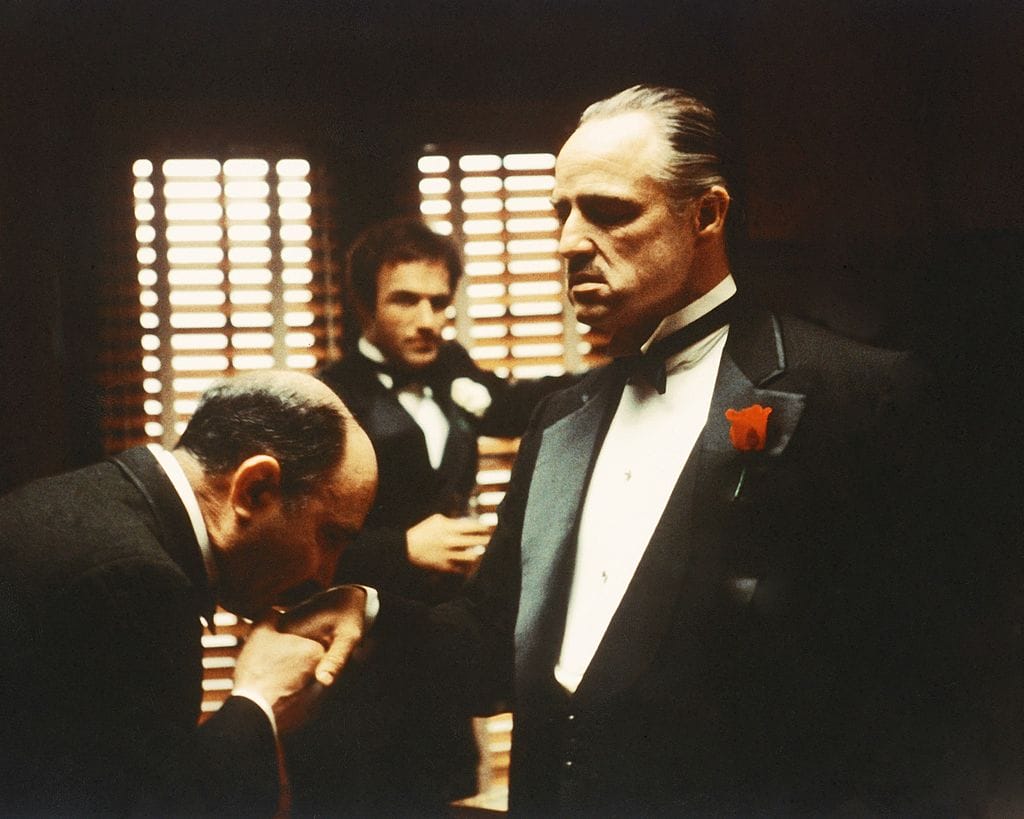
Silver Screen Collection / Hulton Archive / Getty Images
You could consider Francis Ford Coppola’s Corleone mob trilogy one expansive tale to be consumed in one expansive 10+-hour binge, but it’s the first two parts which are most responsible for The Godfather Effect: the study of how Coppola forever changed how Italians are depicted on film.
| 37 | Jaws’ (1975)

Universal Pictures courtesy of Getty Images
Unlike Psycho, moviegoers knew what to expect from Steven Spielberg’s aquatic thriller: hungry great white makes dinner out of human flesh. That didn’t make it any less terrifying. What really sets this ba-dum spine-tingler apart, though, is it marks the birth of the summer blockbuster.
| 38 | ‘Cooley High’ (1975)
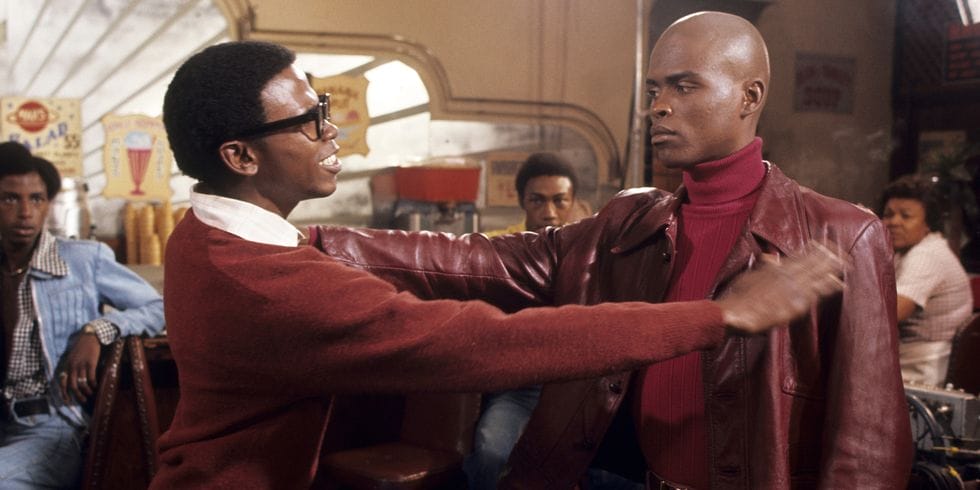
A comedy about the African-American high school experience in the ’60s, Cooley High plays like fellow vintage campus favorites including George Lucas’s American Graffiti, Francis Ford Coppola’s The Outsiders, and to a degree Spike Lee’s School Daze. One thing that Cooley High does not have in common with the before-mentioned films, however: Nobody’s seen it. So rather than hit play on a film you’ve seen a hundo times, queue up this charmer that belongs to best friends Preach and Cochise, seniors more interested in girls, blunts, and dice games than blasé schoolwork.
| 39 | ‘Taxi Driver’ (1976)
Ride shotgun with a Martin Scorsese postwar classic that trails a depressed veteran behind the wheel of New York City’s transportation of choice. Robert de Niro plays the titular character, and the staunch realism Scorsese extracts from his PTSD gunman grows more relevant and more alarming every day.
| 40 | ‘Apocalypse Now’ (1979)
So everyone “loves the smell of napalm in the morning” and can hum “Ride of the Valkyries” in B minor. But Francis Ford Coppola’s grueling wartime descent into madness has given cinema way more than just memorable verbiage and orchestral fanfare, like superb imagery and the most haunting of endings.
| 41 | Double Indemnity (1944)
Billy Wilder (The Apartment, Some Like It Hot, Sunset Boulevard) added another humdinger to his long résumé of Oscar bait with Double Indemnity. Film noir with one thing in mind—murder, baby [said with cigar hanging out of mouth]—it stars Fred MacMurray and Barbara Stanwyck as lovers at the center of what would make for a very good episode of Dateline: Seductive woman and her lover kill her husband in hopes of cashing in on his insurance policy.
| 42 | Imitation of Life (1959)

Amazon
Douglas Sirk’s film adaption of Fannie Hurst’s same-name novel features two women (Lana Turner, Juanita Moore) living in very different worlds yet also under the same roof. You have Lora, a starlet trying to make it in a male-dominated industry, and Annie, her live-in housekeeper who is Black and has a fair-skinned daughter who’s passing as white. Layered in its delivery, it’s a mother-daughter tearjerker on the surface, but go a little deeper, and you’ll find it’s a comment on America’s truly troubled relationship with race.
| 43 | In the Heat of the Night (1967)
Before In the Heat of the Night enjoyed a long run in syndication on network television, Sidney Poitier solidified himself the real Mister Tibbs on the big screen. In the film, which is based John Ball’s same-name novel, Poitier plays a Philly homicide expert who’s wrongly accused of murder in a racially volatile town in Mississippi, and it’s a role that gifted us one of the best lines in movie history: “They call me Mister Tibbs!”
| 44 | Lady Sings the Blues (1972)
If only to witness THE Diana Ross tap into the brilliance of THE legendary Billie Holiday, queuing up producer Berry Gordy’s dazzling biopic that charts the jazz singer’s ups and downs is simply a must. Ross stars opposite Billy Dee Williams and Richard Pryor, with music mogul Gordy behind the scenes. Another interesting fact: The Supremes lead singer’s soundtrack contribution is her only number one U.S. solo pop album.
| 45 | Meet Me in St. Louis (1944)
Who doesn’t love time spent watching—and crying with—Judy Garland? A comfort more soothing than hot chocolate on Christmas morning, the starlet is literally nostalgia on legs. Here, she prepares to move with their family to the Big Apple, tying up loose ends and leaving others frayed over the course of the months leading up to the big send-off. And get the tissues ready for the most melancholy rendition of “Have Yourself a Merry Little Christmas” known to cinema.
| 46 | Rebel Without a Cause (1955)
Not your average brooding, misunderstood outsider, James Dean plays the handsome Jim Stark in this classic Oscar-nominated coming-of-age drama. New in town and falling for local girl Judy, a rebel in her own right played by Natalie Wood, Jim makes friends, enemies, and audiences swoon. The role marks one of Dean’s last; he died just one month before the film hit theaters.
| 47 | Shadows (1959)
After reworking his panned original, John Cassavetes released this immersive, visceral film, signaling to future auteurs that studios weren’t necessary for getting a visionary project onto the screen. Set in 1950s Beat-era New York City, the jazz-scored drama follows the lives of three siblings, all of whom are mixed race, but only one dark-skinned. Blunt and progressive about taboos at the time, including sex, race, and youth, Shadows would go on to serve as the springboard for independent cinema.
| 48 | The Sound of Music (1965)
The hills are alive with the sound of Julie Andrews singing songs about her favorite things, female deer, and bidding farewell. About a novitiate who is sent to Austria to care for seven children, this classic also stars Christopher Plummer and—believe or not—is the very thing that saved 20th Century Fox from going bankrupt, surpassing Gone with the Wind in box office numbers. Always bet on Jules.
| 49 | Spring in a Small Town (1948)
Directed by Fei Mu, Spring in a Small Town is a romantic drama about a woman torn between her duty to her husband and her desire to, ahem, strip down with her first love. Credited as influential Chinese cinema, Mu’s film gets a remake in 2002, but we highly recommend seeking out this treasure and experiencing the original in what can only be described as powerful subtlety.
| 50 | Viridiana (1955)
A Grand Prize winner at the Cannes Film Festival in 1961, the subversive Viridiana was initially banned in Spain and denounced by the Vatican. Probably because its narrative deals in shock: religion, incest, orgies. Viridiana (Silvia Pinal) is a young nun about to take her vows, when she’s summoned to her uncle’s estate, where truly awful things happen. A feel-bad movie for the times, this film directed by Luis Buñuel and produced by Gustavo Alatriste is also essential Spanish-Mexican viewing.
| 51 | Enamorada (1946)
A sweeping romance set during the Mexican Revolution, Emilio Fernández’s Enamorada (which translates to A Woman in Love) is a classic from the golden age of Mexican cinema. About a rebel general (Pedro Armendáriz) who trades his bravado for the love of a tenacious beauty (María Félix), it borrows inspiration from Shakespeare’s The Taming of the Shrew. Fernández’s film went on to win big at the Ariel Awards, the Oscars of Mexico, boosting the industry and securing the country as one to watch.
| 52 | Fantasia (1940)
A monumental feat for the House of Mouse, not just at the time, but even to this day, Fantasia is a one-of-its-kind experience. Eschewing the traditional elements of storytelling—plot, protag, conflict, et cetera—the studio set out to make a bold, orchestral concert feature, blending vivid, hand-drawn animation with classical music that would transcend generations. And excelled, it did.
| 53 | Funny Face (1957)
Audrey Hepburn gets footloose and fancy free in this Gershwin classic from the 1950s that’s set in the fashion salons of the always chic and stylish city of Paree. And not only does she share the screen with another of Old Hollywood’s brightest stars, Fred Astaire, but she exudes French girl cool in a range of stunning looks by Edith Head, resulting in a film fashion girls still look to for inspiration. That La Boheme look—the cropped cigarette pants and loafers? S’marvelous.
| 54 | King Kong (1933)
The very first creature feature on record is believed to be The Golem, a German silent film from 1915. But it’s RKO Radio Pictures’ King Kong that is credited with being the definitive creature feature in cinematic history. A rip-roaring man-versus-nature adventure, it pioneered new pathos and visual trickery that would pave the way for subsequent movie monster icons like Godzilla, the Kraken, Predator, and even the Gremlins. Today, however, Kong remains king.
| 55 | Mahogany (1975)
Tracee Ellis Ross is a sartorial icon. But even she will tell you she borrows from the past to fill her closet for today. Namely, she gets it from her mother. The OG glamazon, Diana Ross began her career in the spotlight as the lead singer of The Supremes, expanding her orbit with screen roles including the titular model-turned-designer in this Berry Gordy cult classic. A catalyst for the Black and beautiful collections that walked the runways in the ’70s, Mahogany depicts a woman everyone wants to be—and one we can’t take our eyes off of.
| 56 | Pather Panchali (1955)
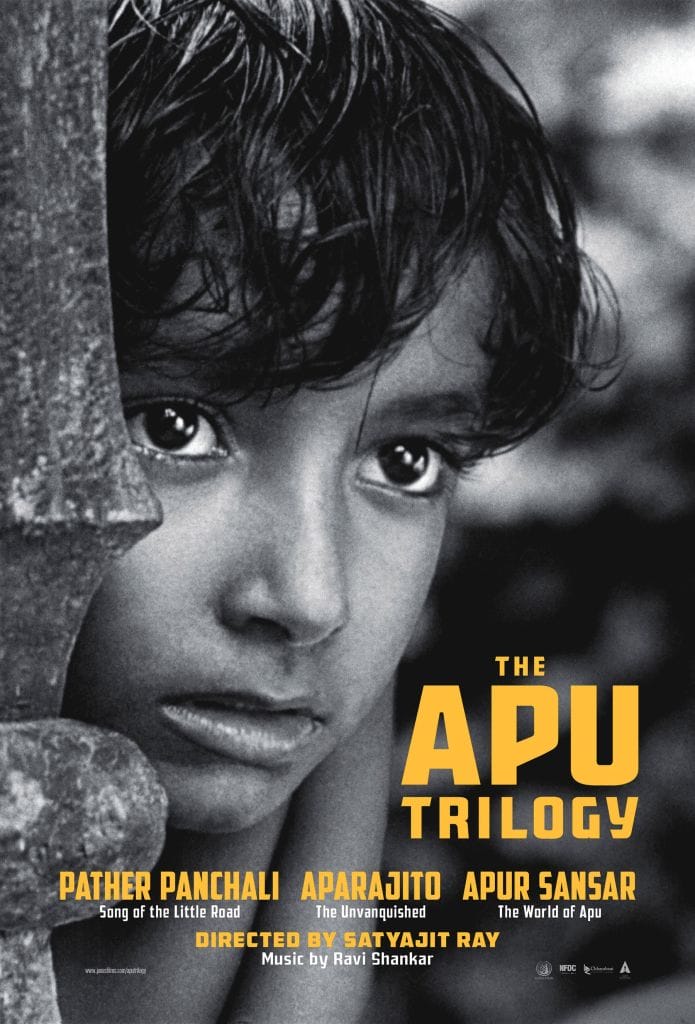
LMPC / Getty Images
Widely regarded as India’s greatest filmmaker, Satyajit Ray made his first film in 1955. It’s called Pather Panchali, which translates to Song of the Little Road. The first in what would become known as The Apu Trilogy, Pather explores life in a humble Bengali village, where a little boy named Apu lives with his parents, while also offering its point of view through the eyes of its young protagonist and using the theme of hope to drive its narrative home.
| 57 | Queen Christina (1933)

Hulton Archive / Getty Images
When it comes to queer cinema and the golden age of Hollywood, LGBTQ themes were mostly injected into the subtext of a film—merely suggested or teased so that only those in the know would truly pick up on the veiled winks and nudges. But in Rouben Mamoulian’s biopic Queen Christina, predominantly lesbian starlet Greta Garbo unapologetically taps into her bisexuality on the silver screen as the Swedish royal notorious for having both male and female lovers. And the industry is all the better for it.
| 58 | The Grapes of Wrath (1940)
Seminal director John Ford’s adaptation of John Steinbeck’s classic same-name novel translates the suffering and hardships of the Dust Bowl and Great Depression to the big screen. A brutal time when American families were driven from their homes ravaged by drought and poverty in search of a better life in California, the film, led by a masterful Henry Fonda, is a grim depiction of history but also a triumphant rendering of the dignity of the working class.
| 59 | The Housemaid (1960)
A bold critique on desire, obsession, and ambition, Kim Ki-young’s The Housemaid plays with the power dynamics between a sexually charged femme fatale and the family she destroys. It left an indelible mark on South Korean suspense cinema when it premiered to critical acclaim and a healthy box office, solidifying the country as a major player in the space, and finds itself frequently named-dropped by some of the industry’s most legendary auteurs as inspiration (see: Martin Scorsese).
– – – – – –
This story originally appeared in harpersbazaar.com



